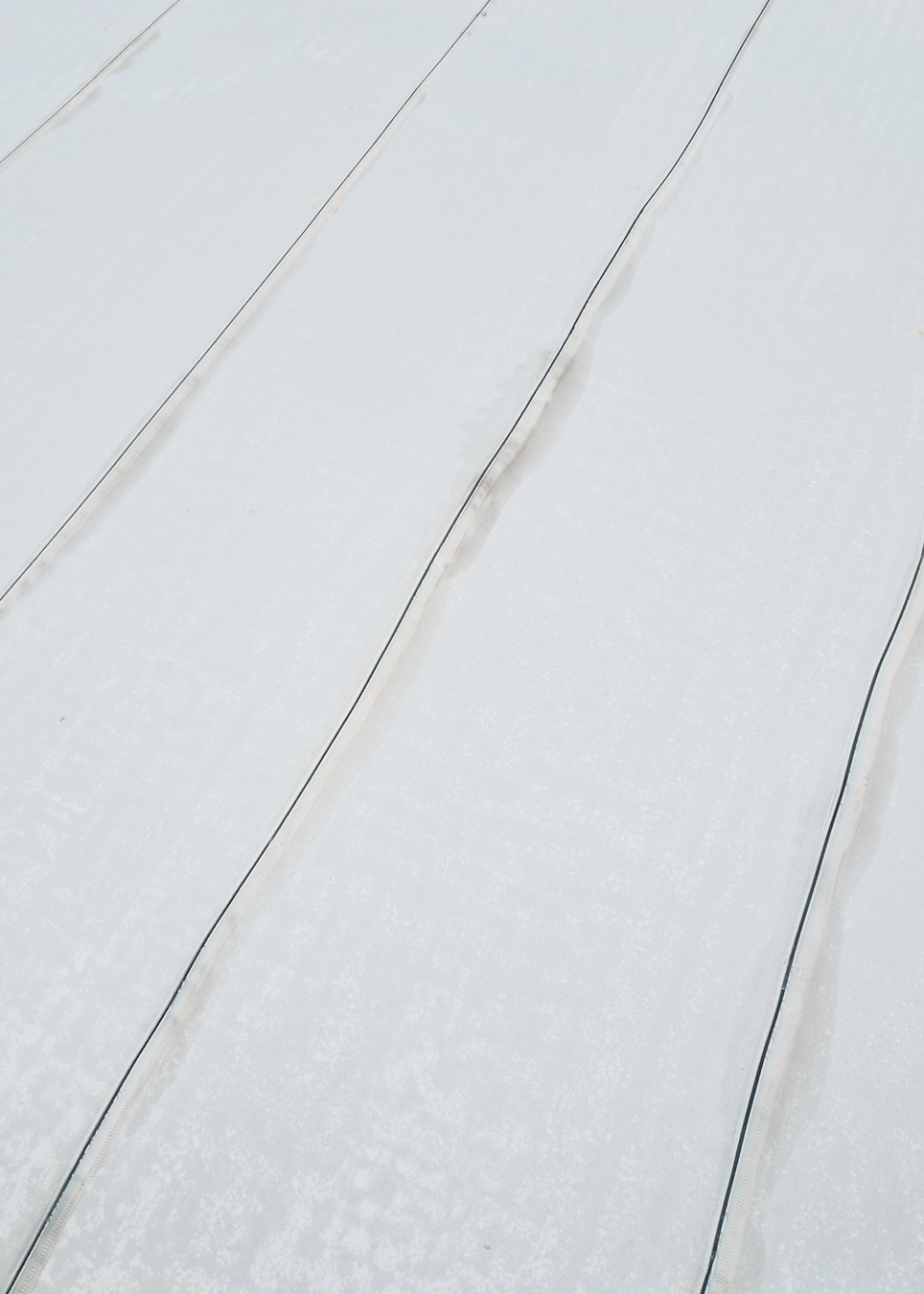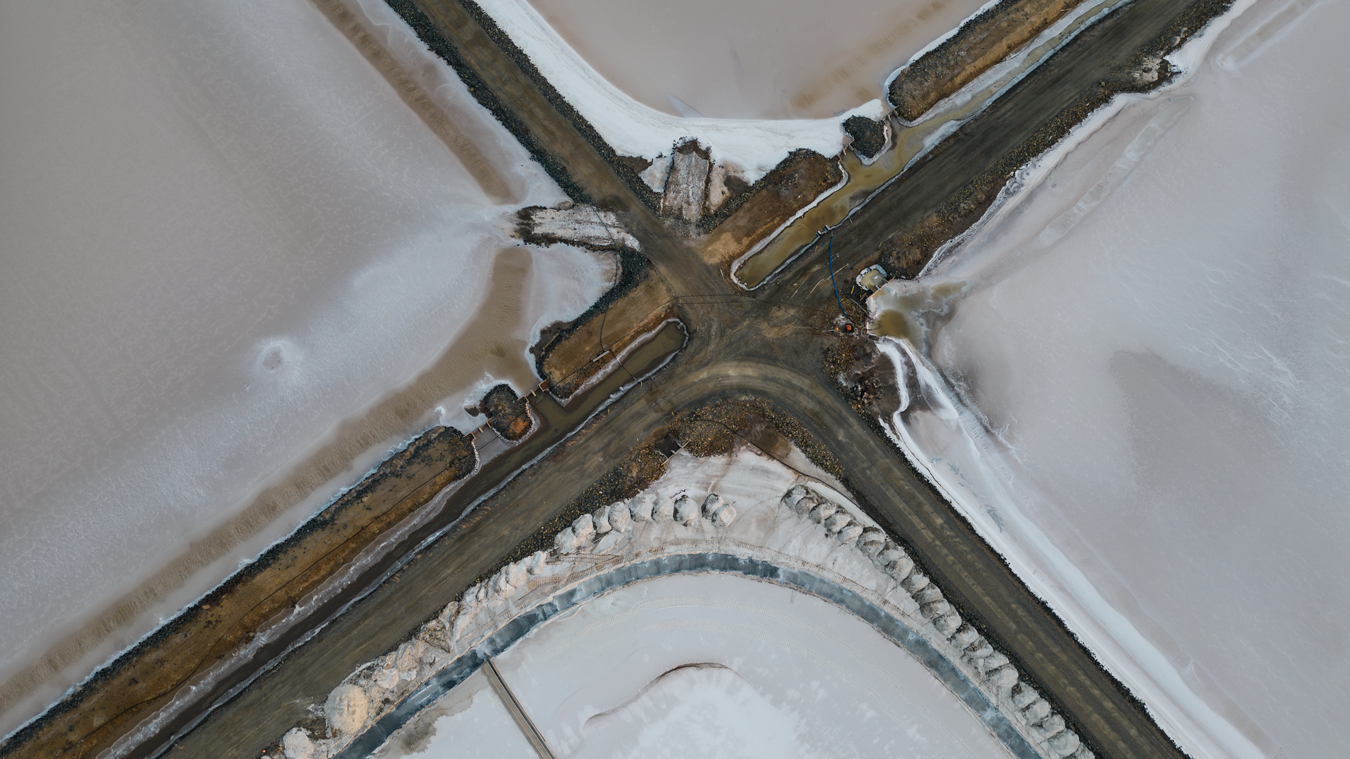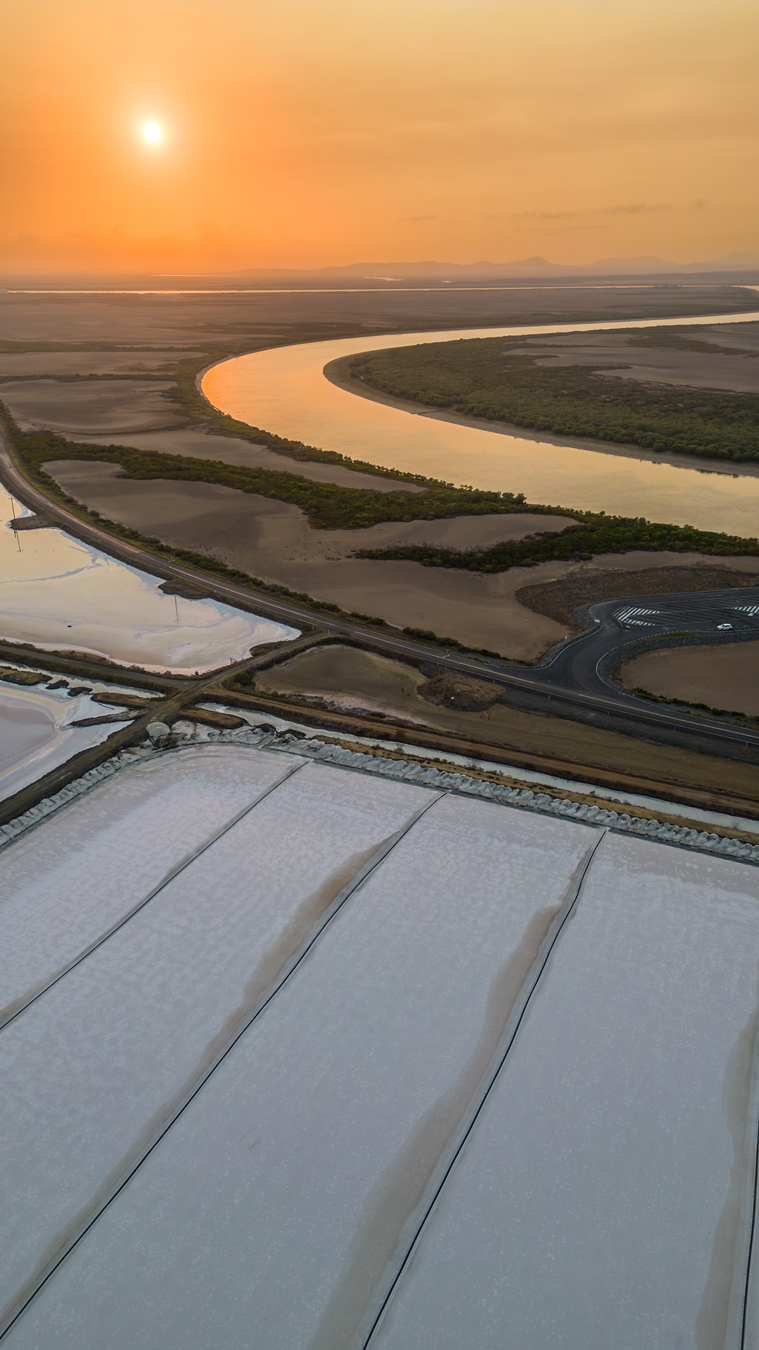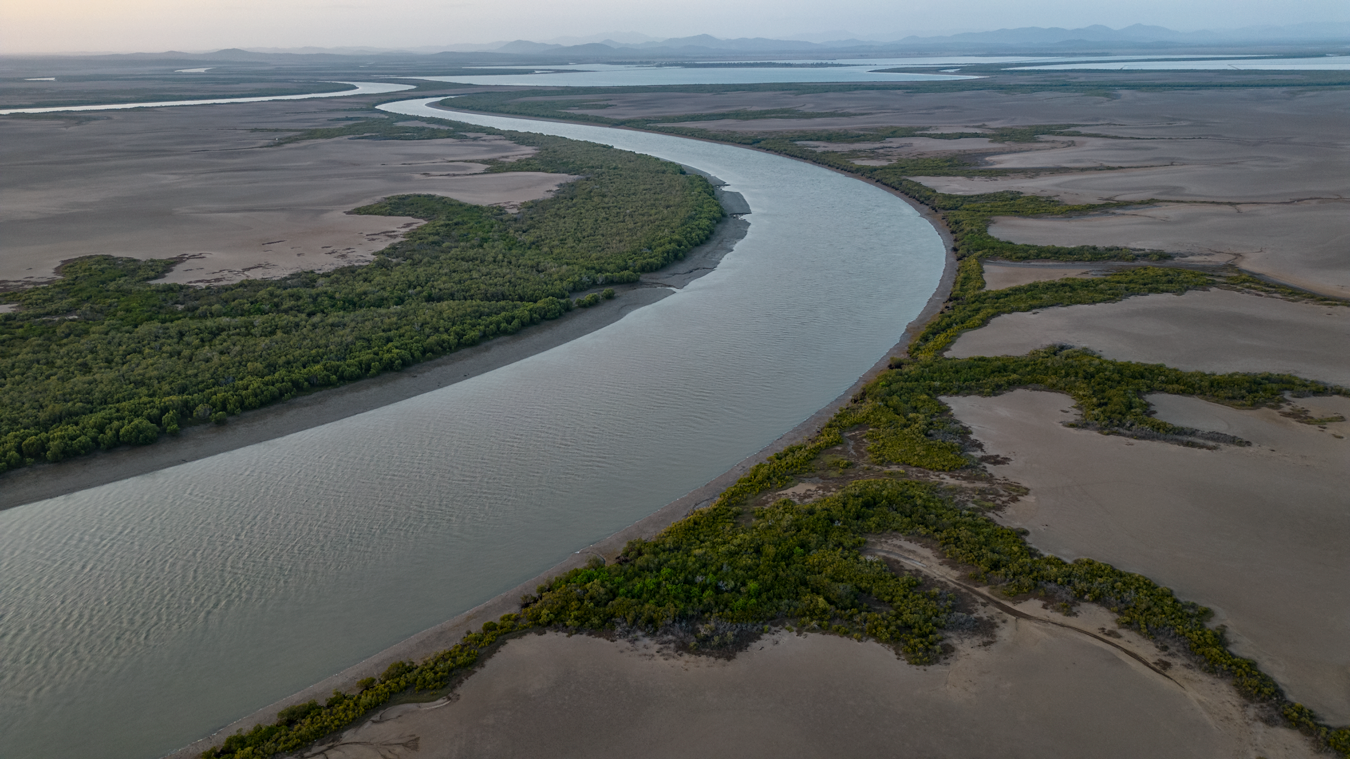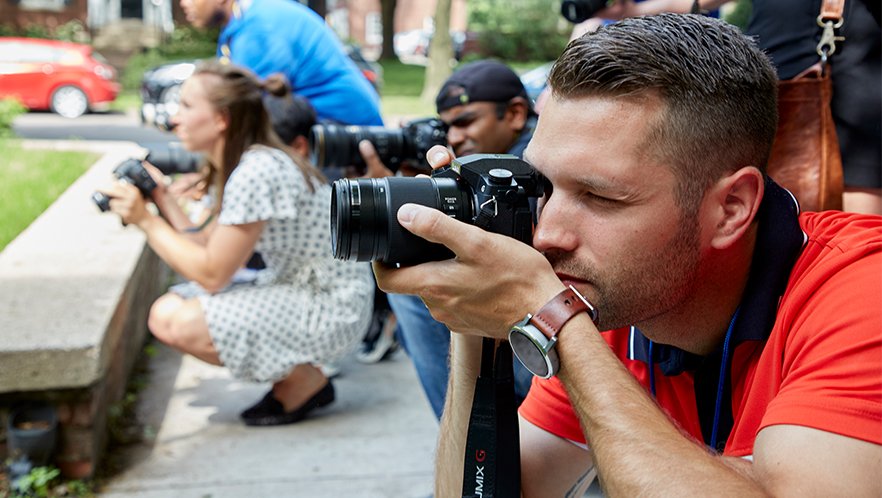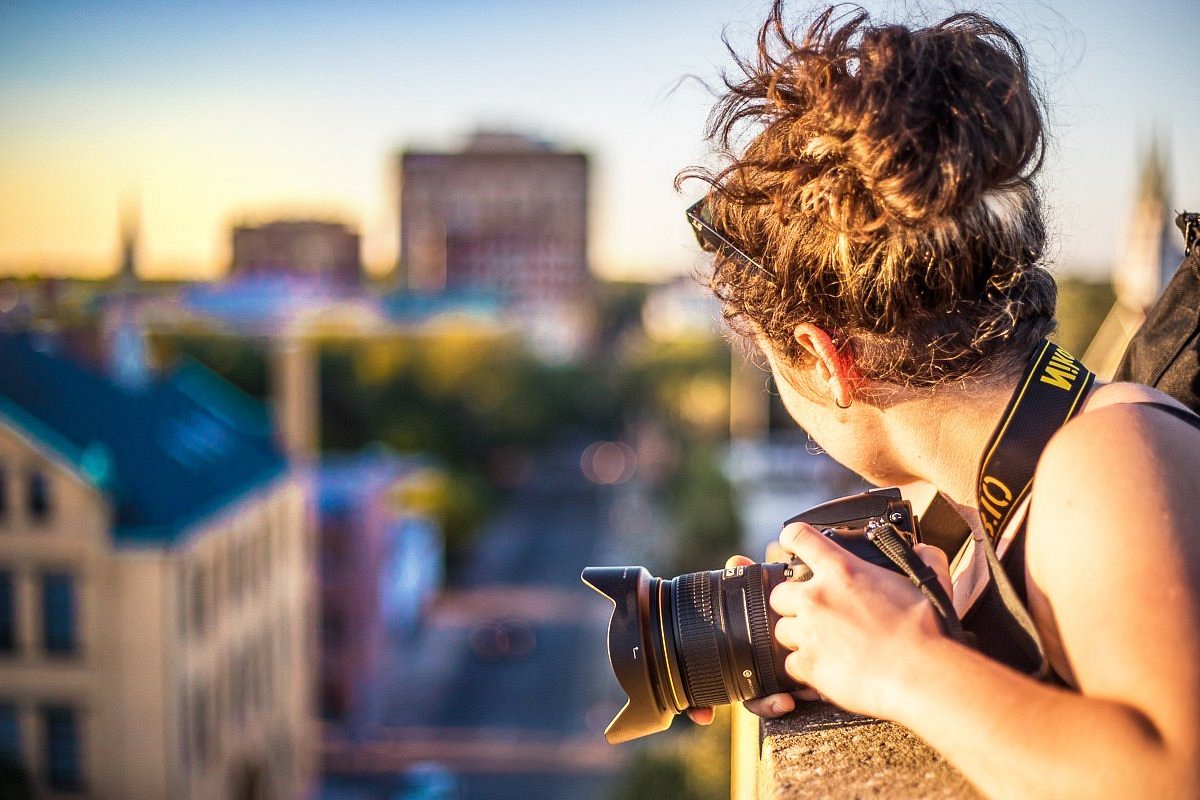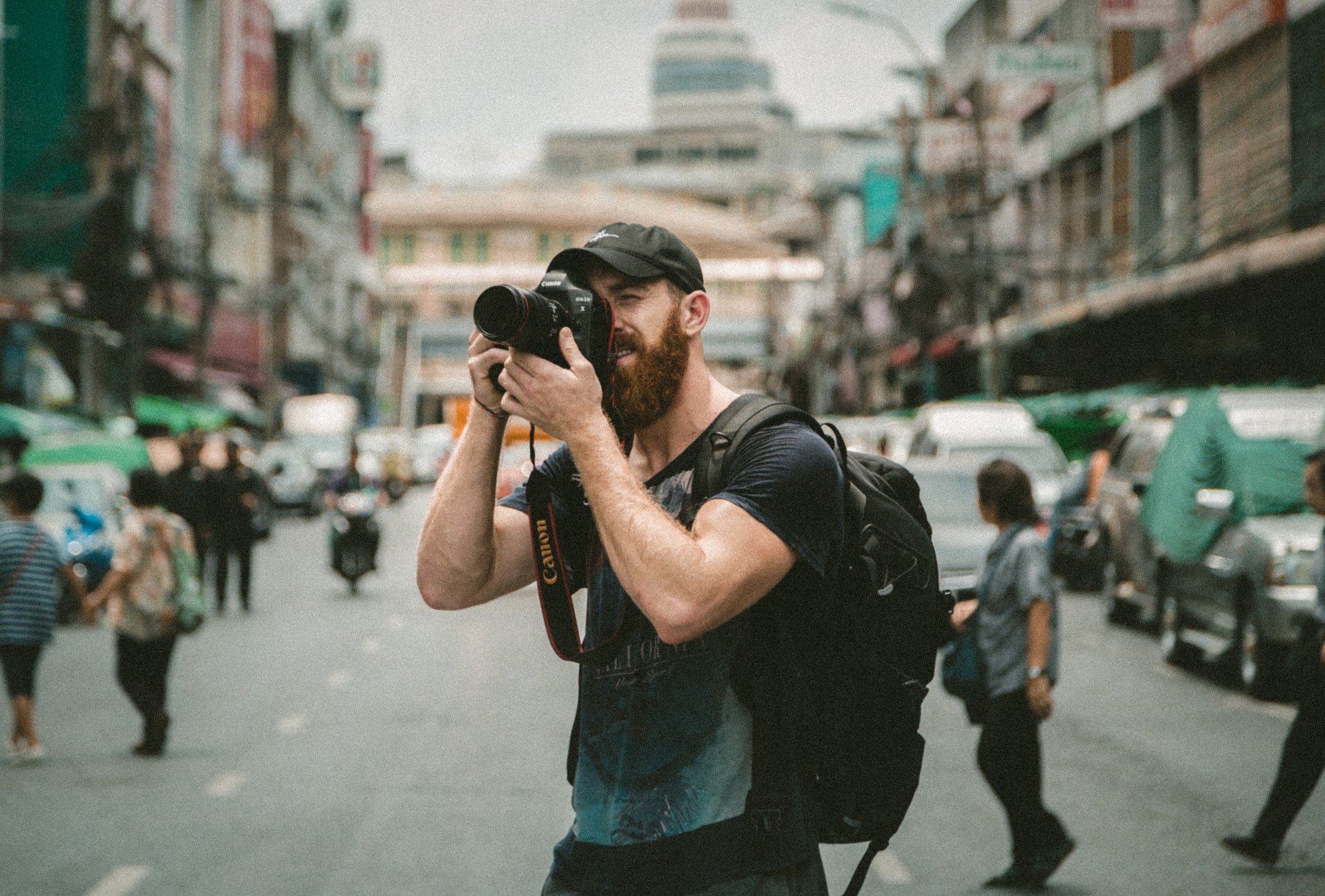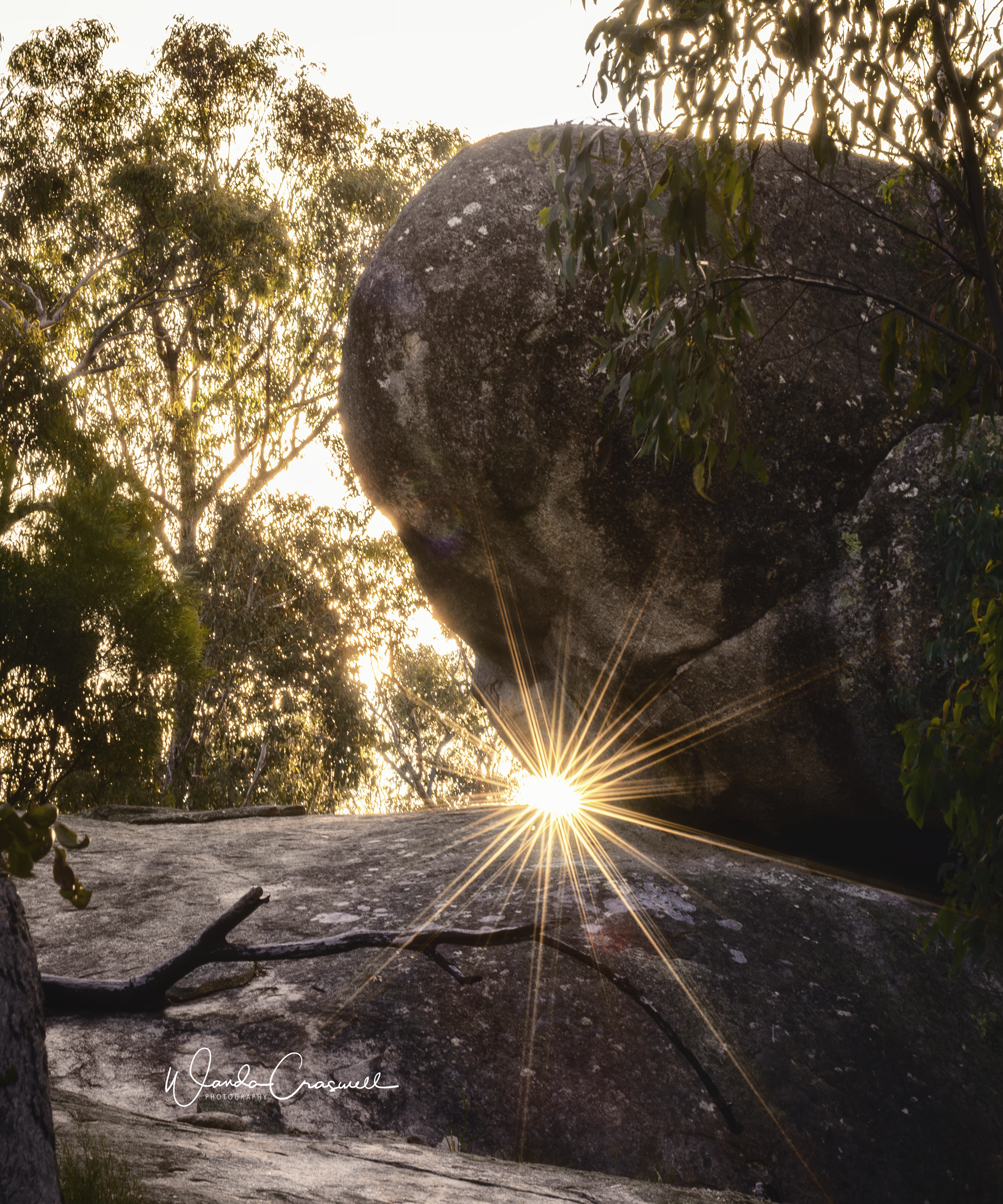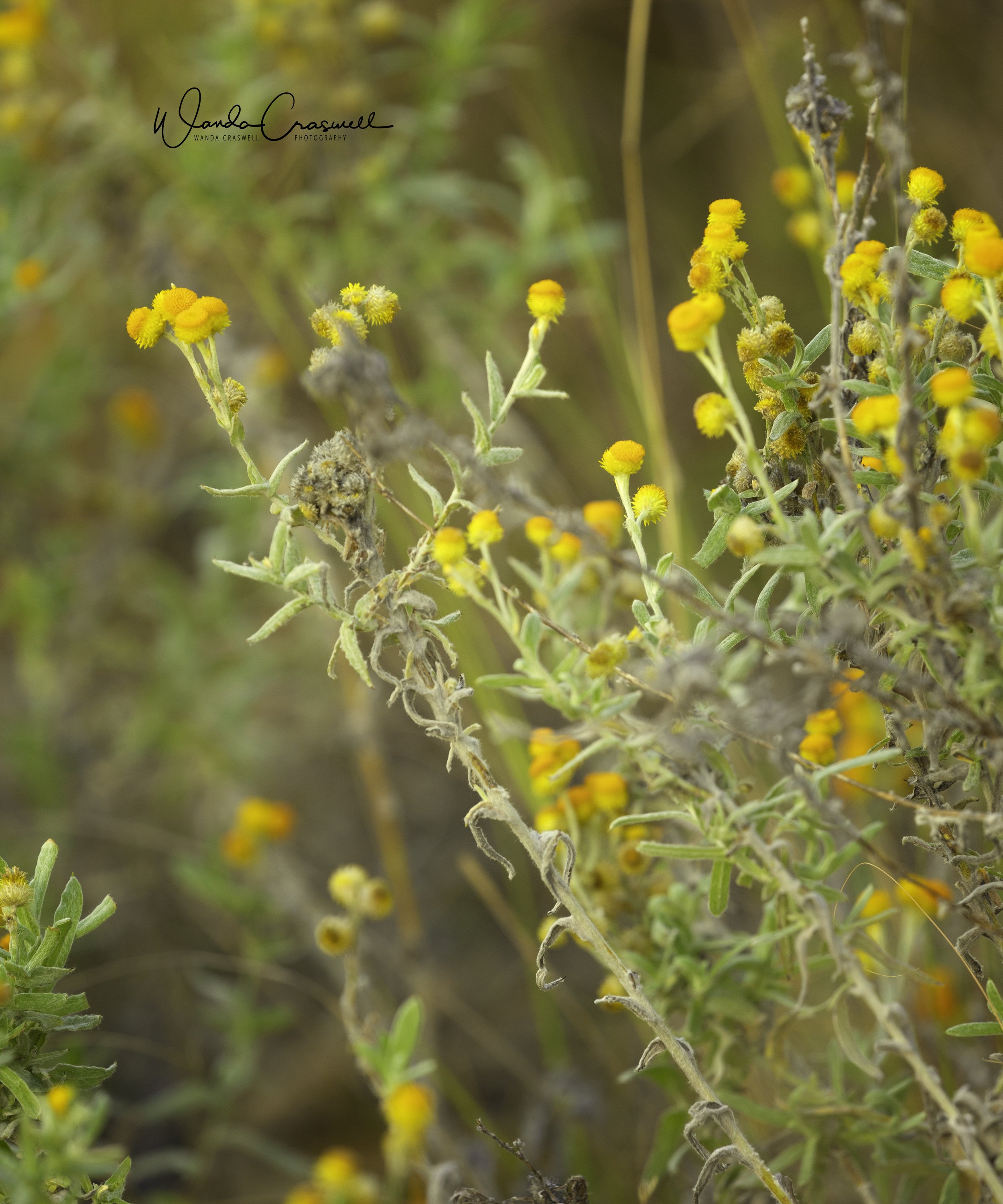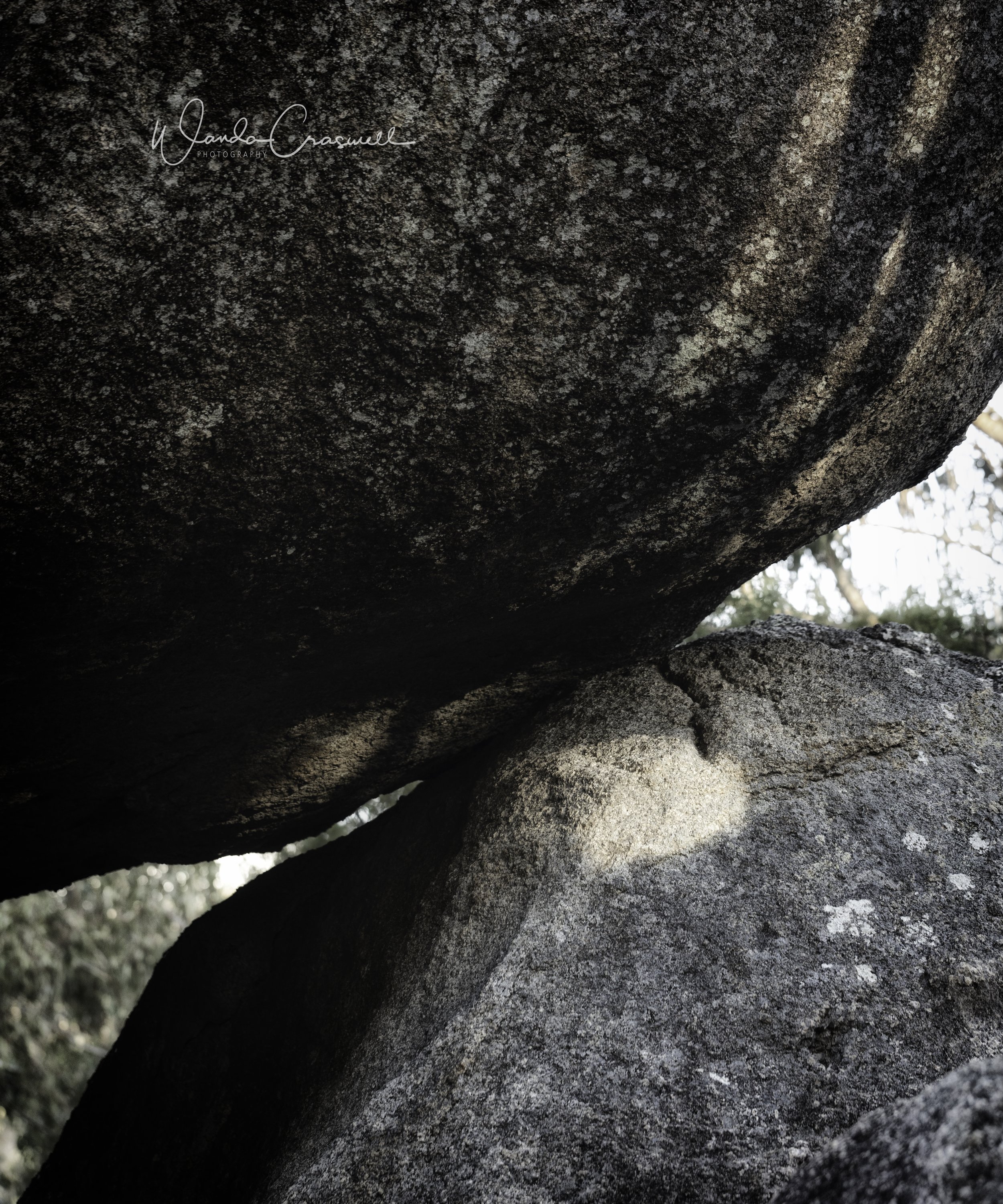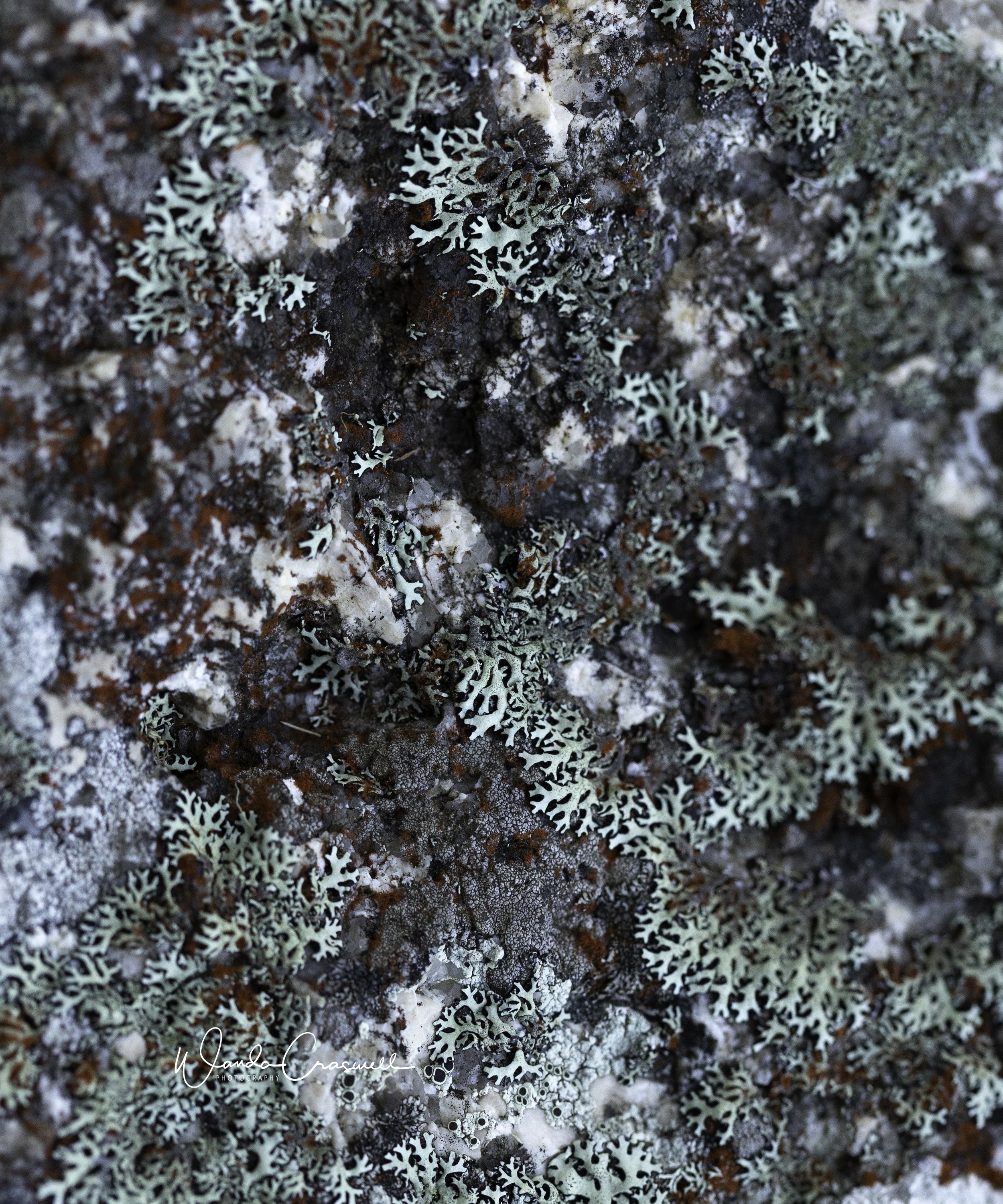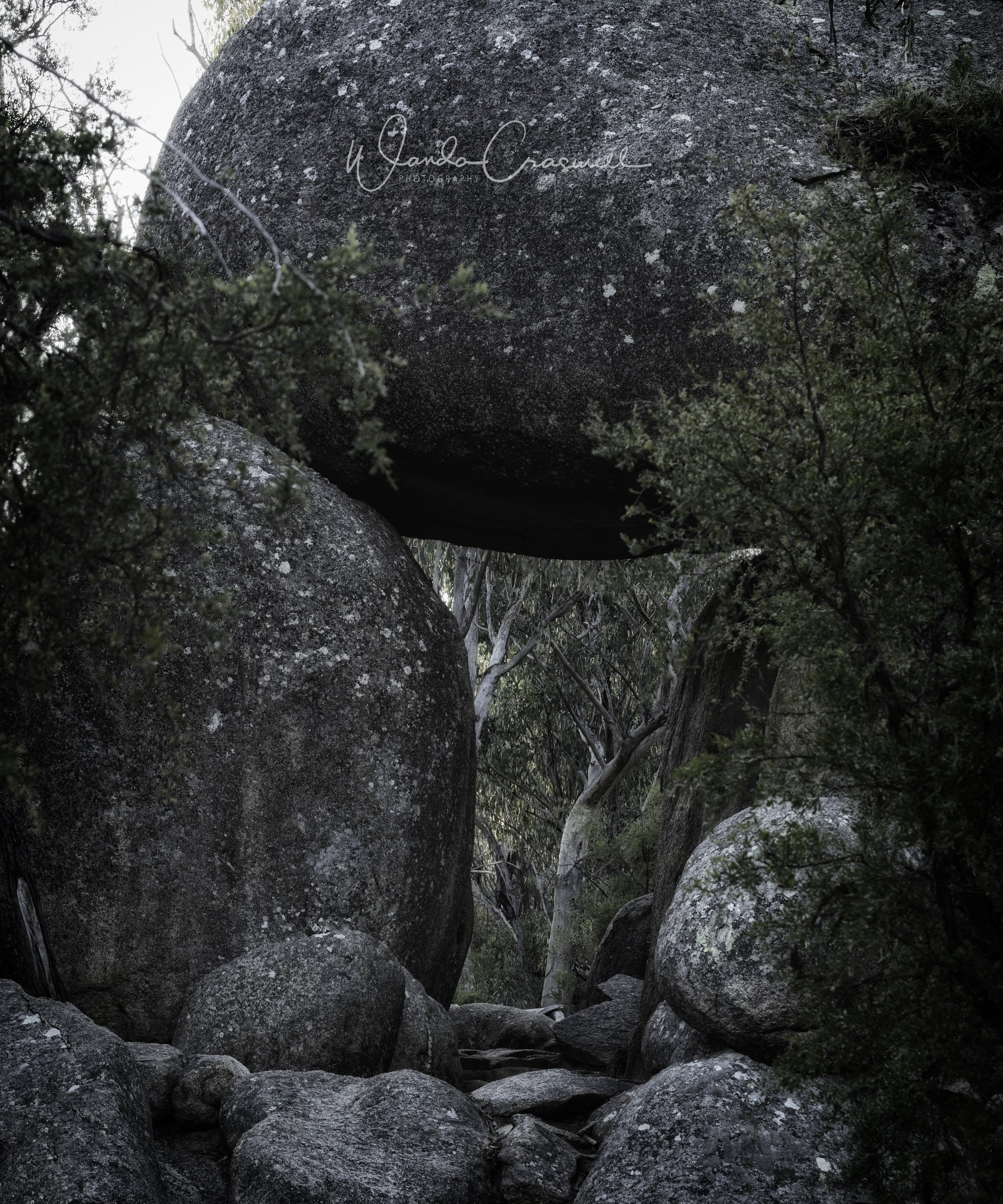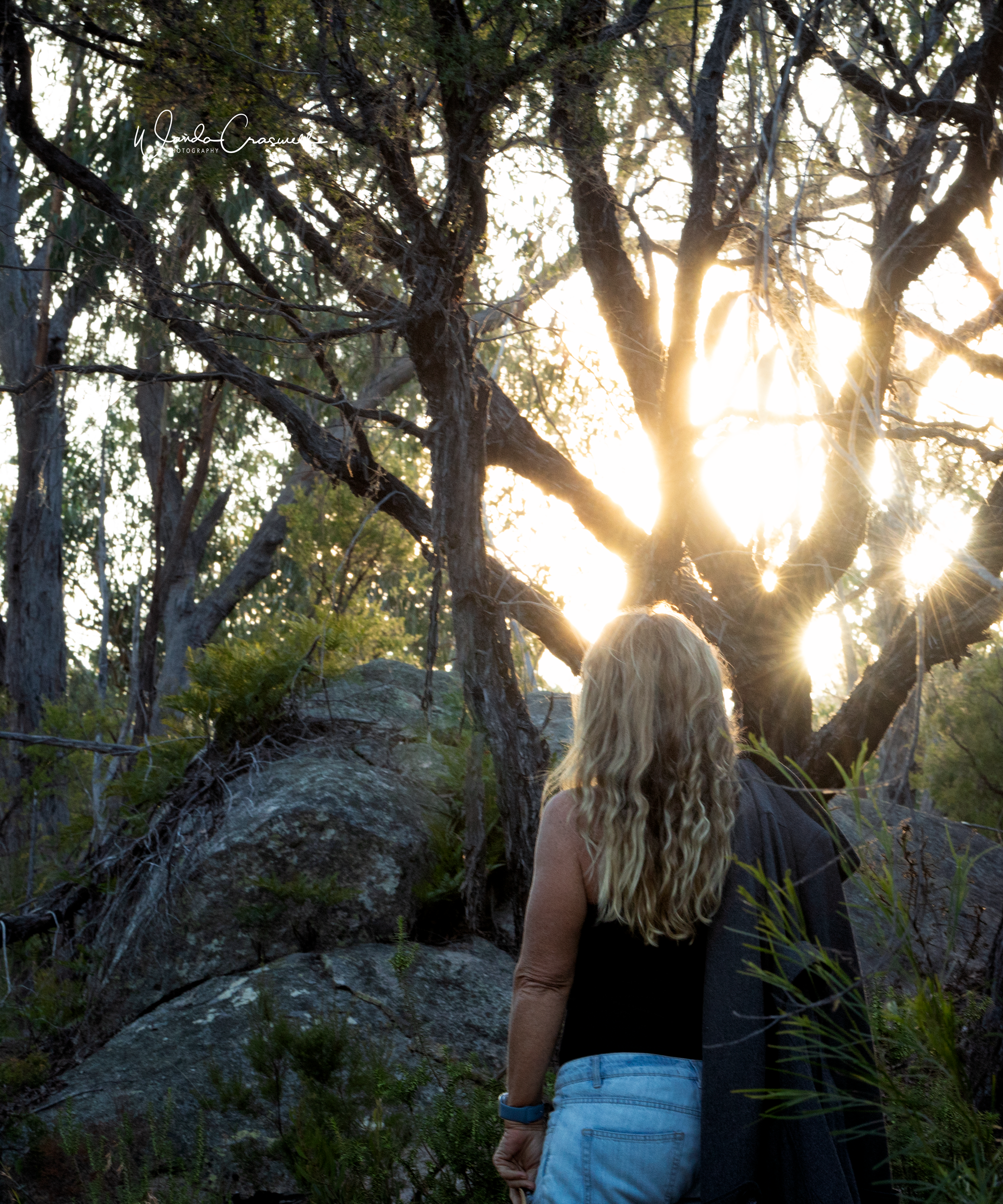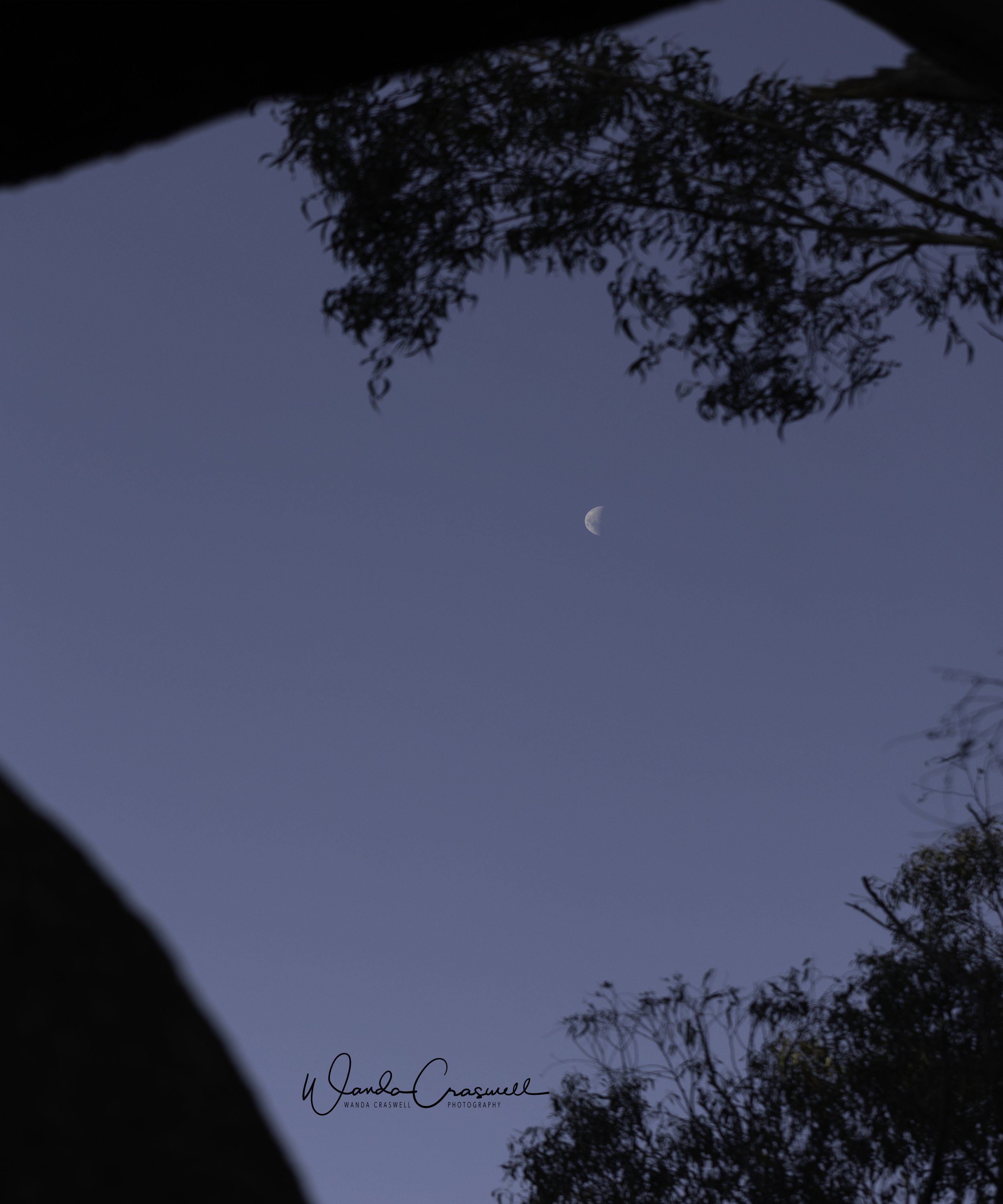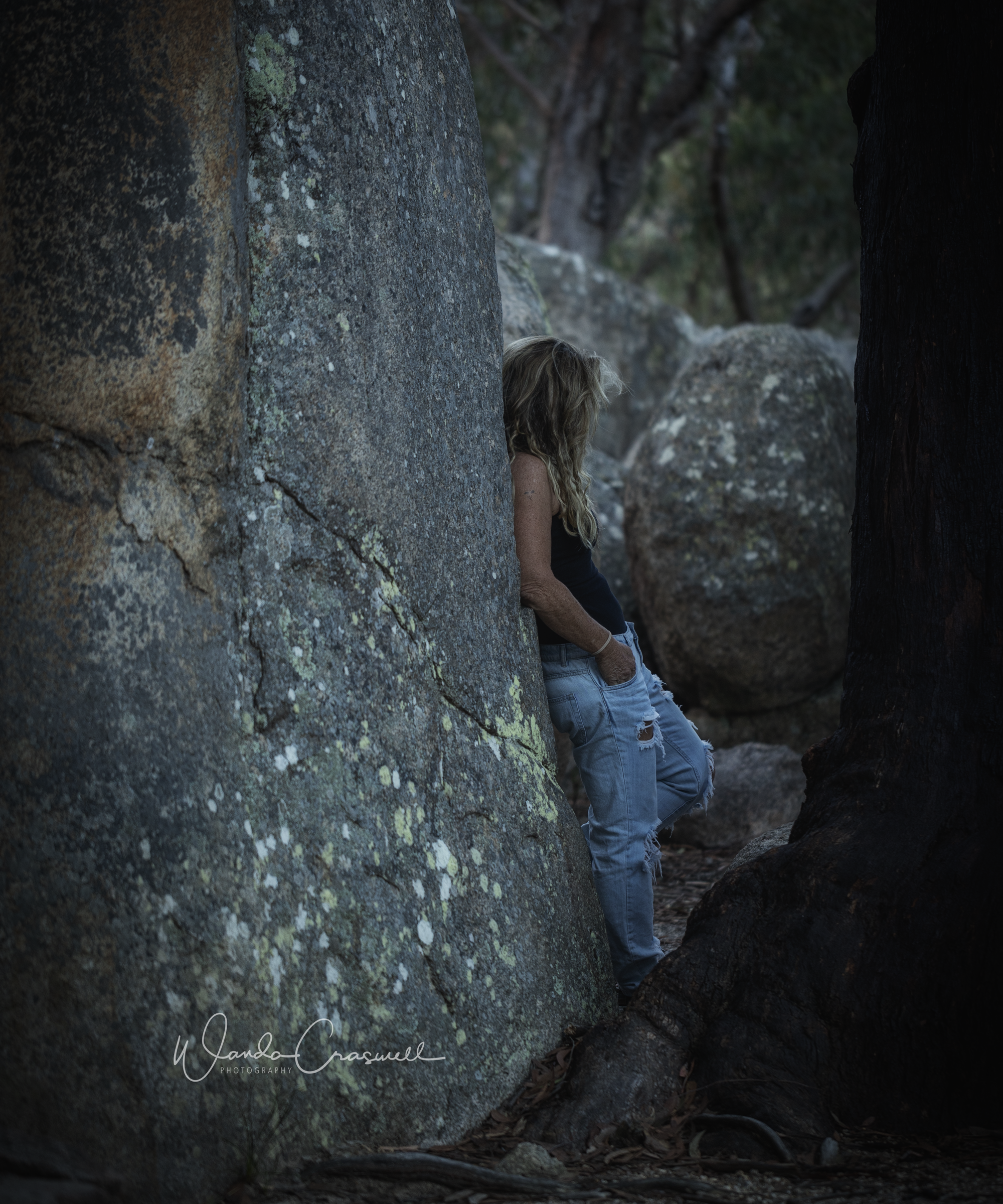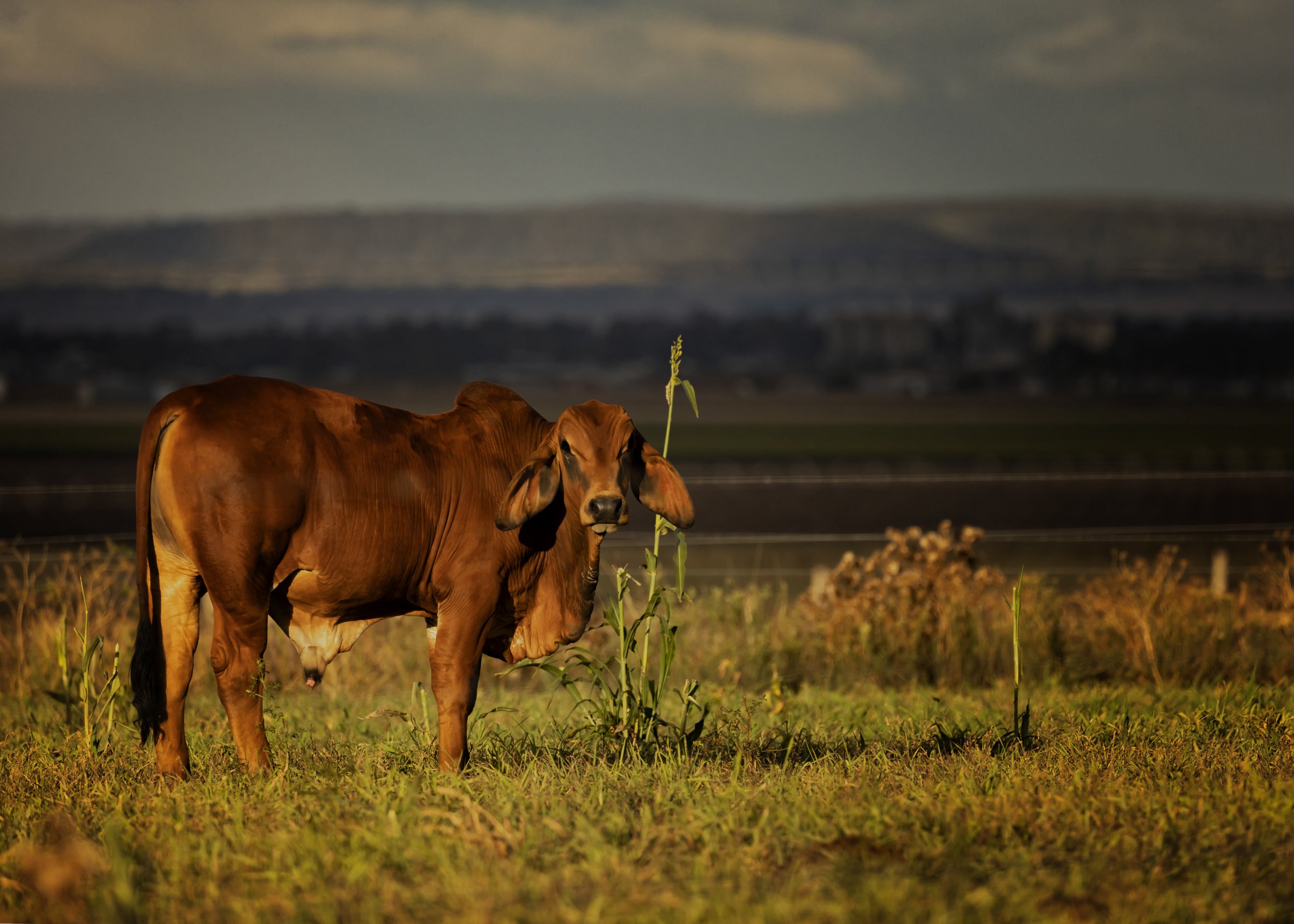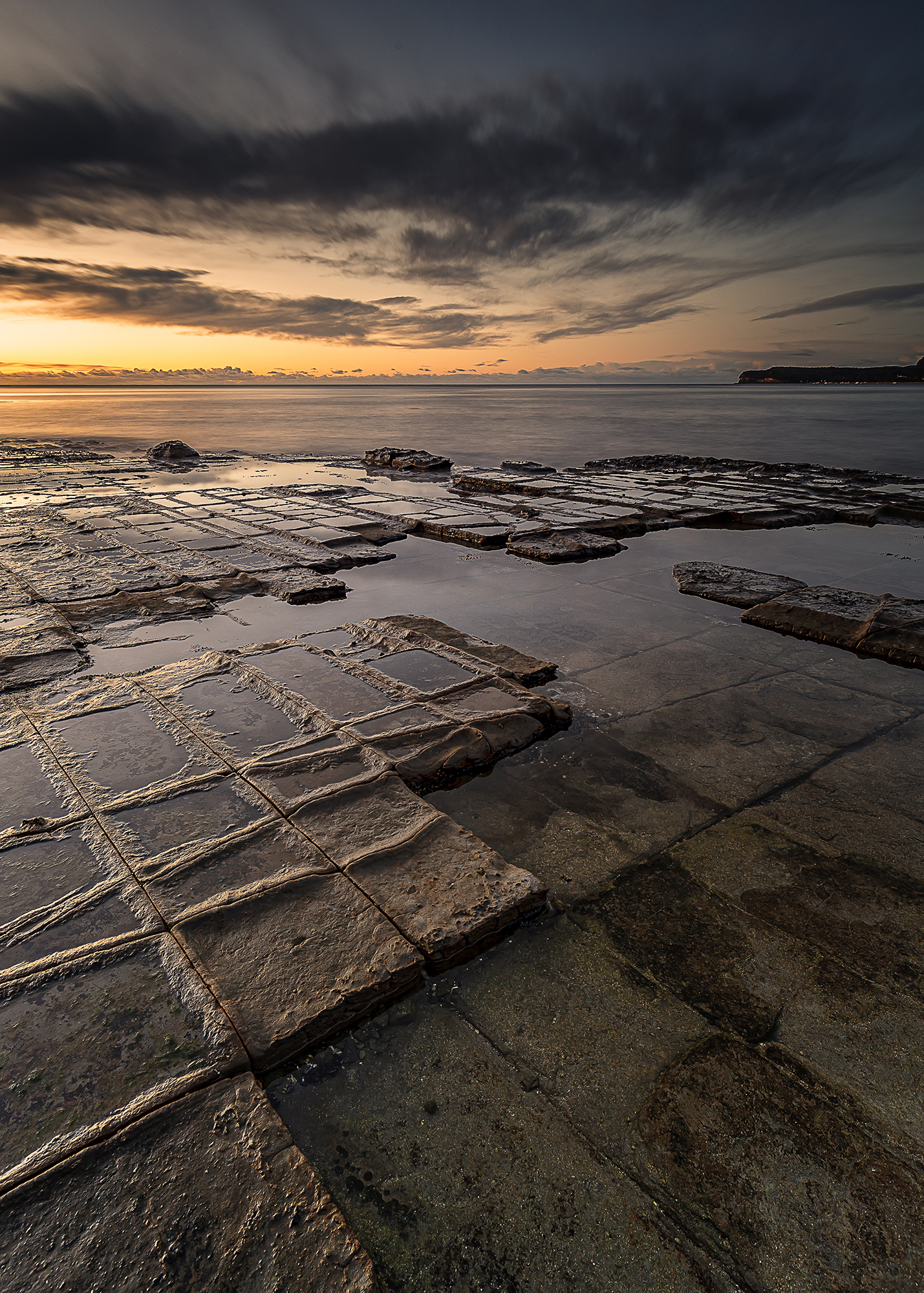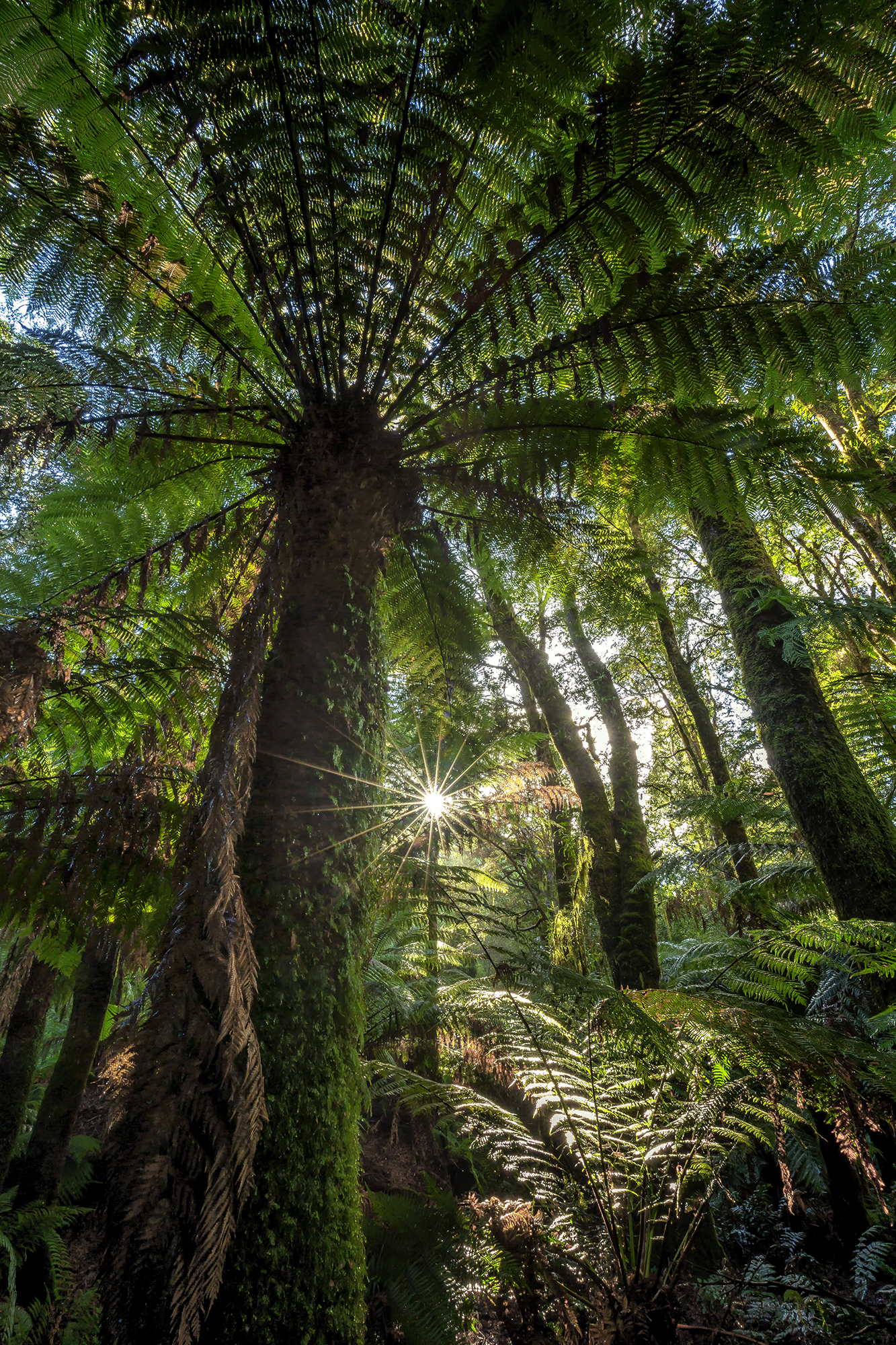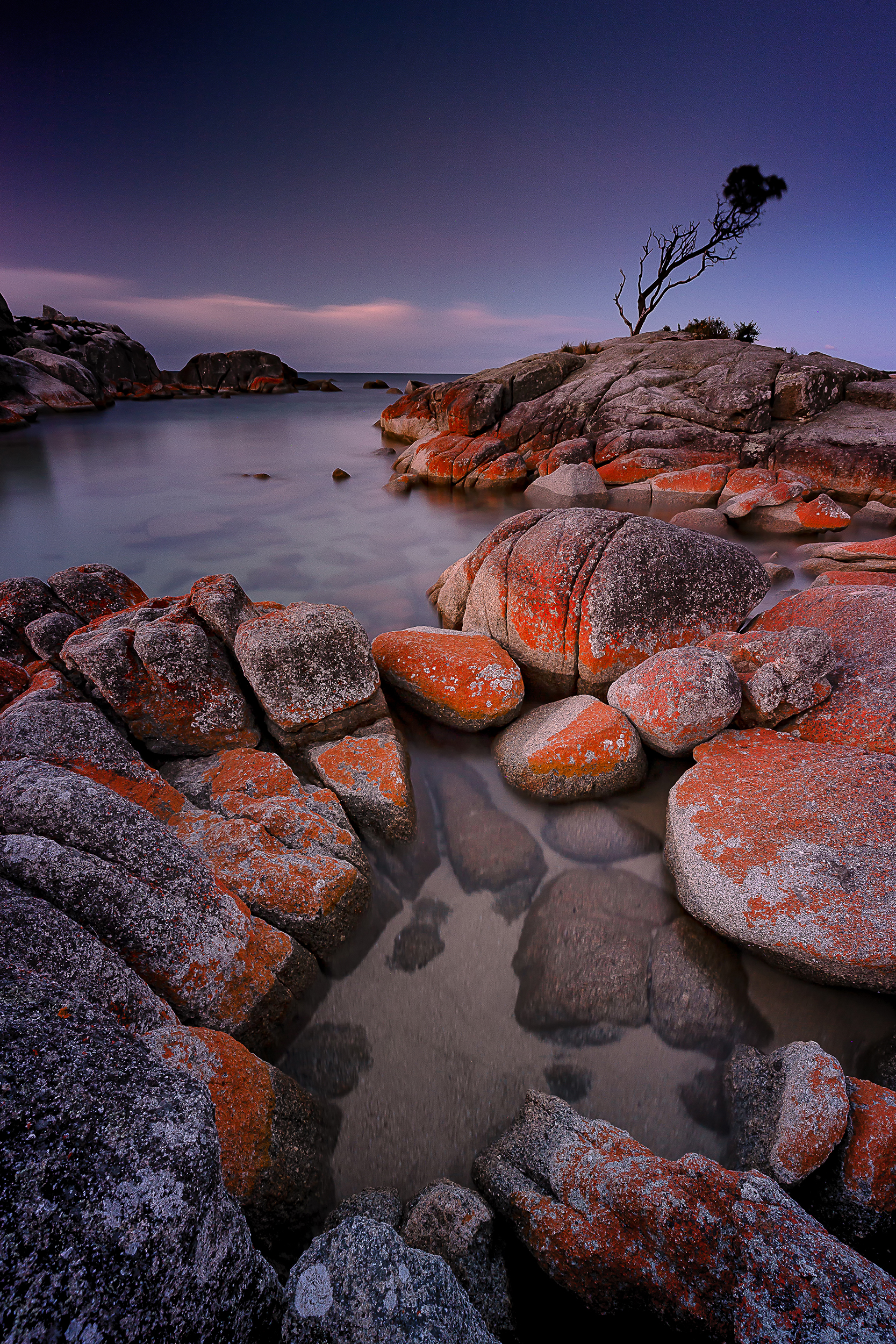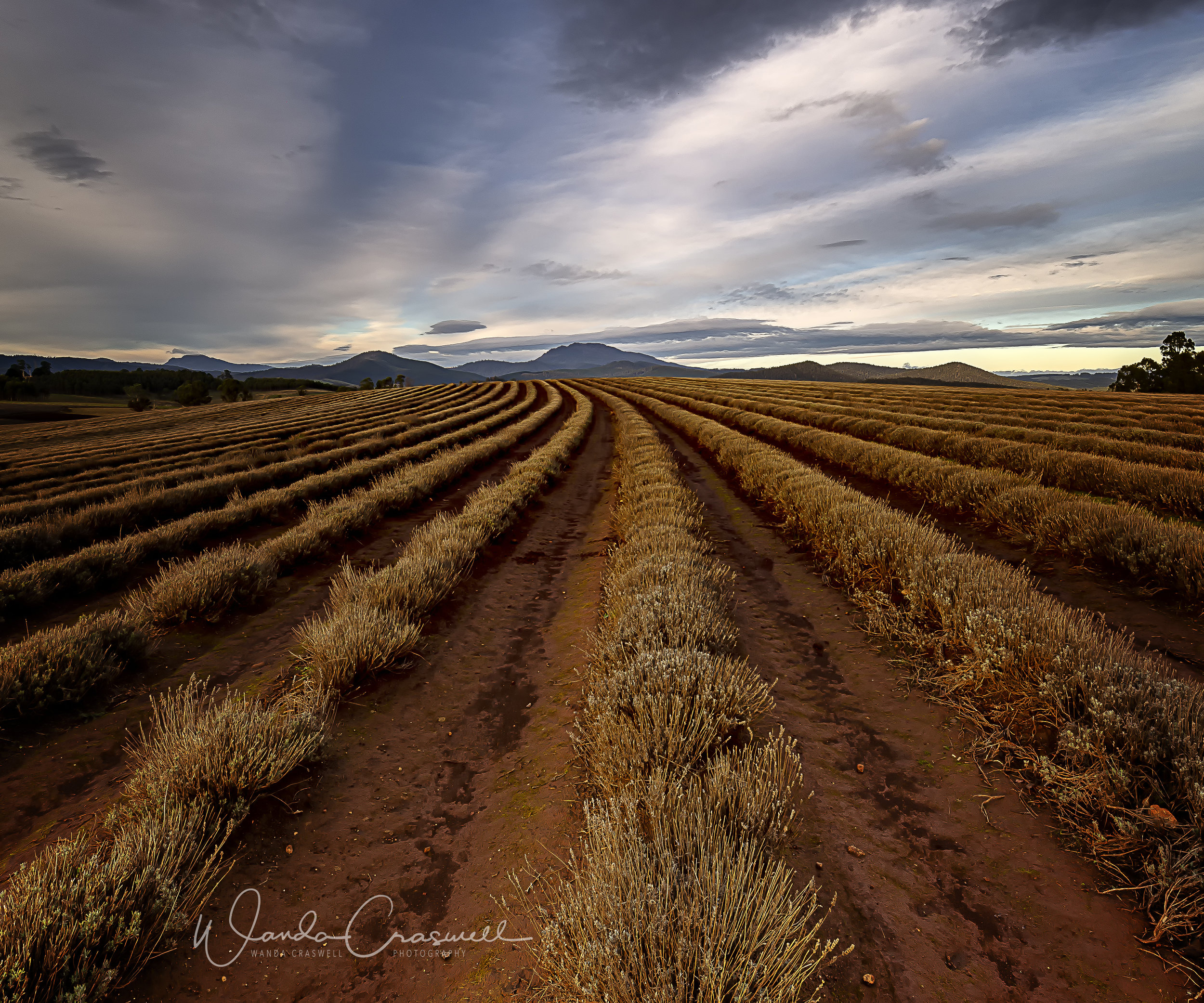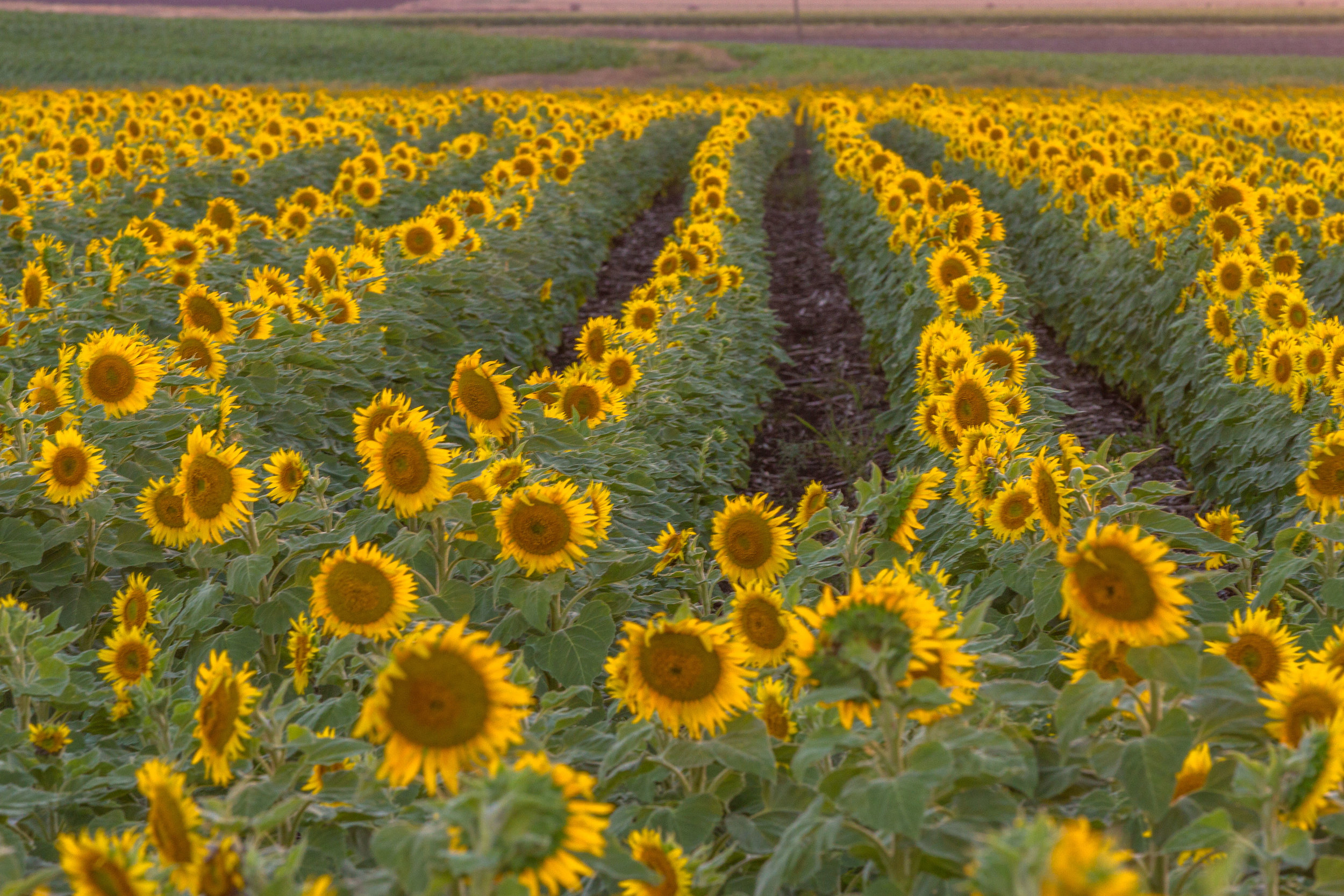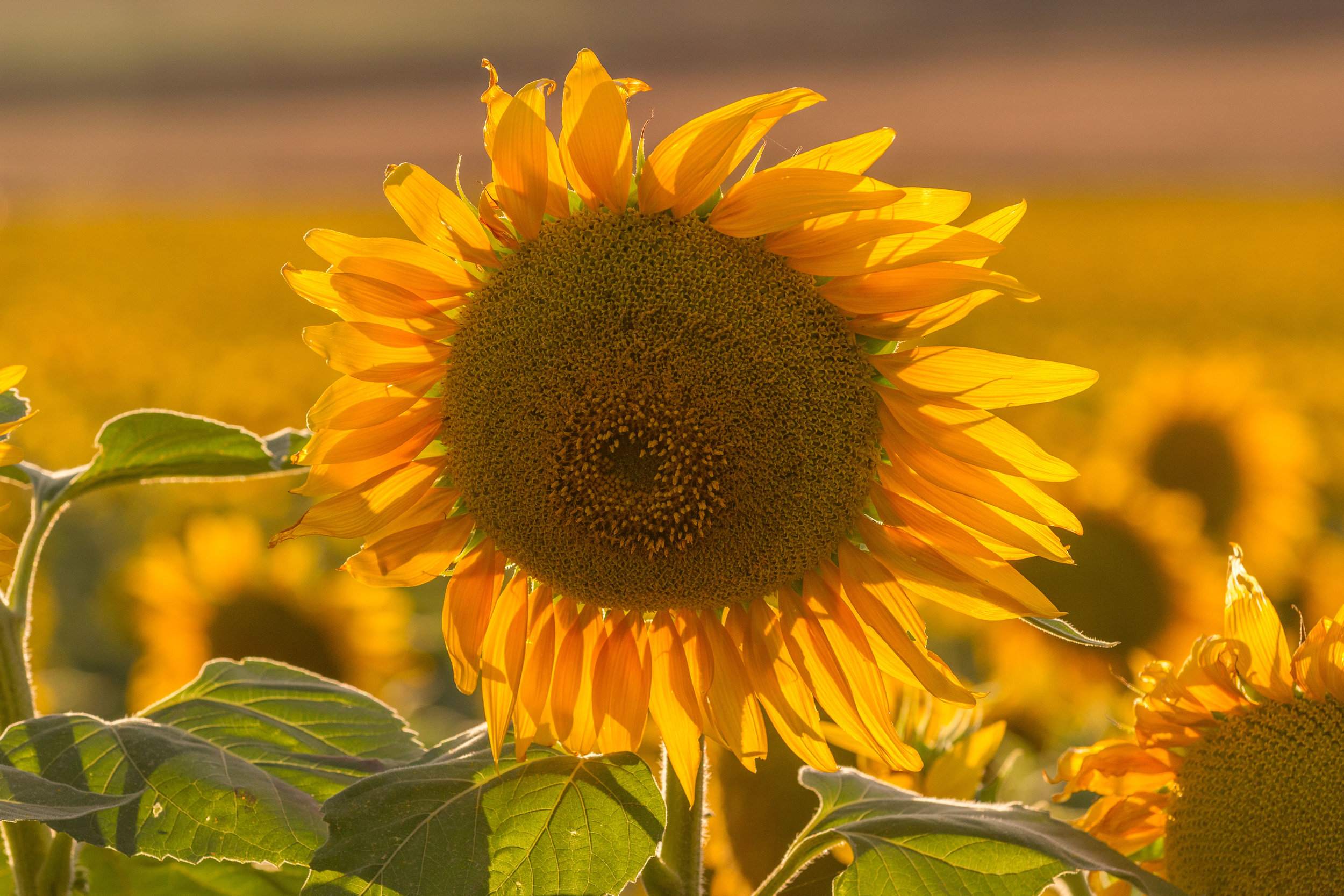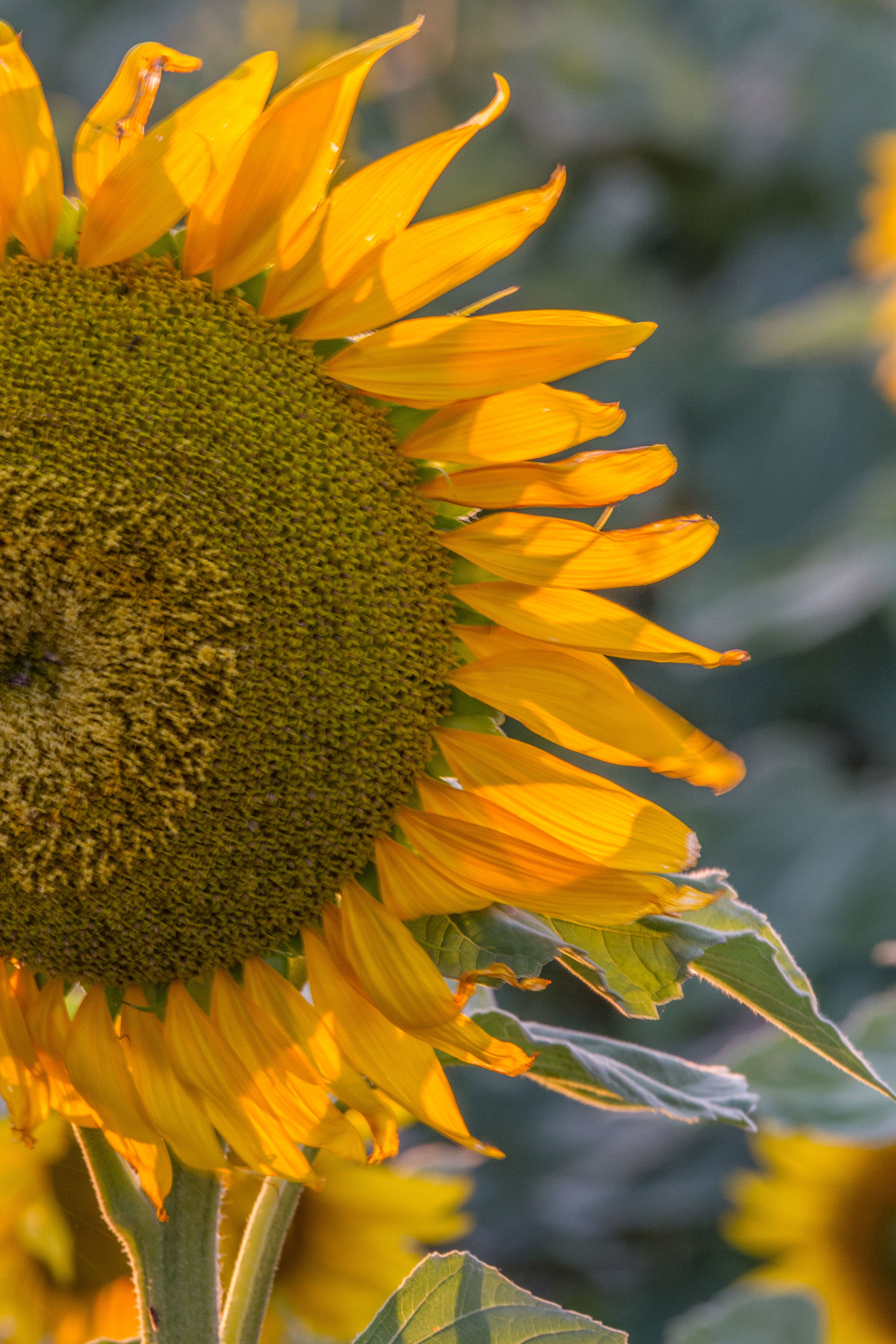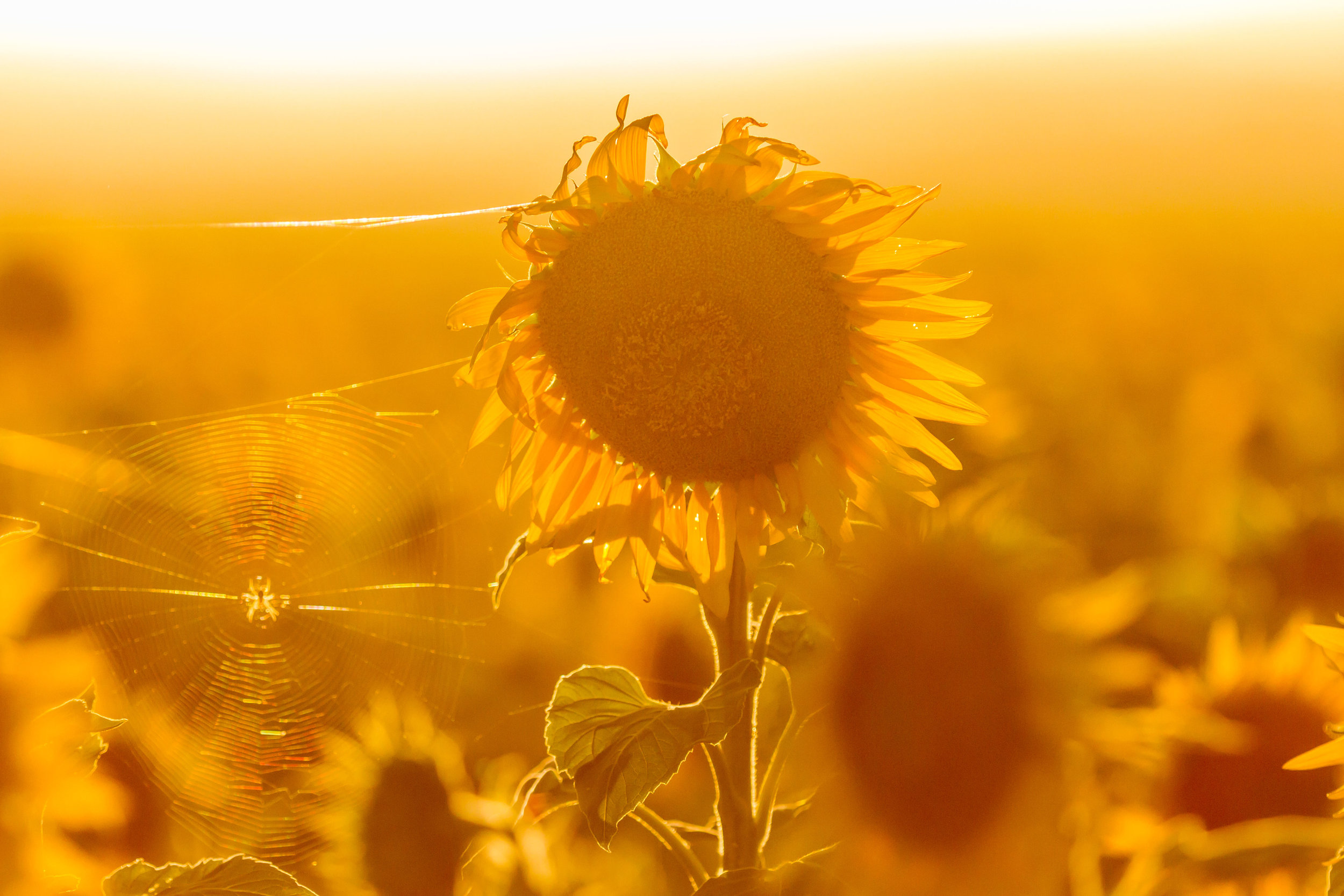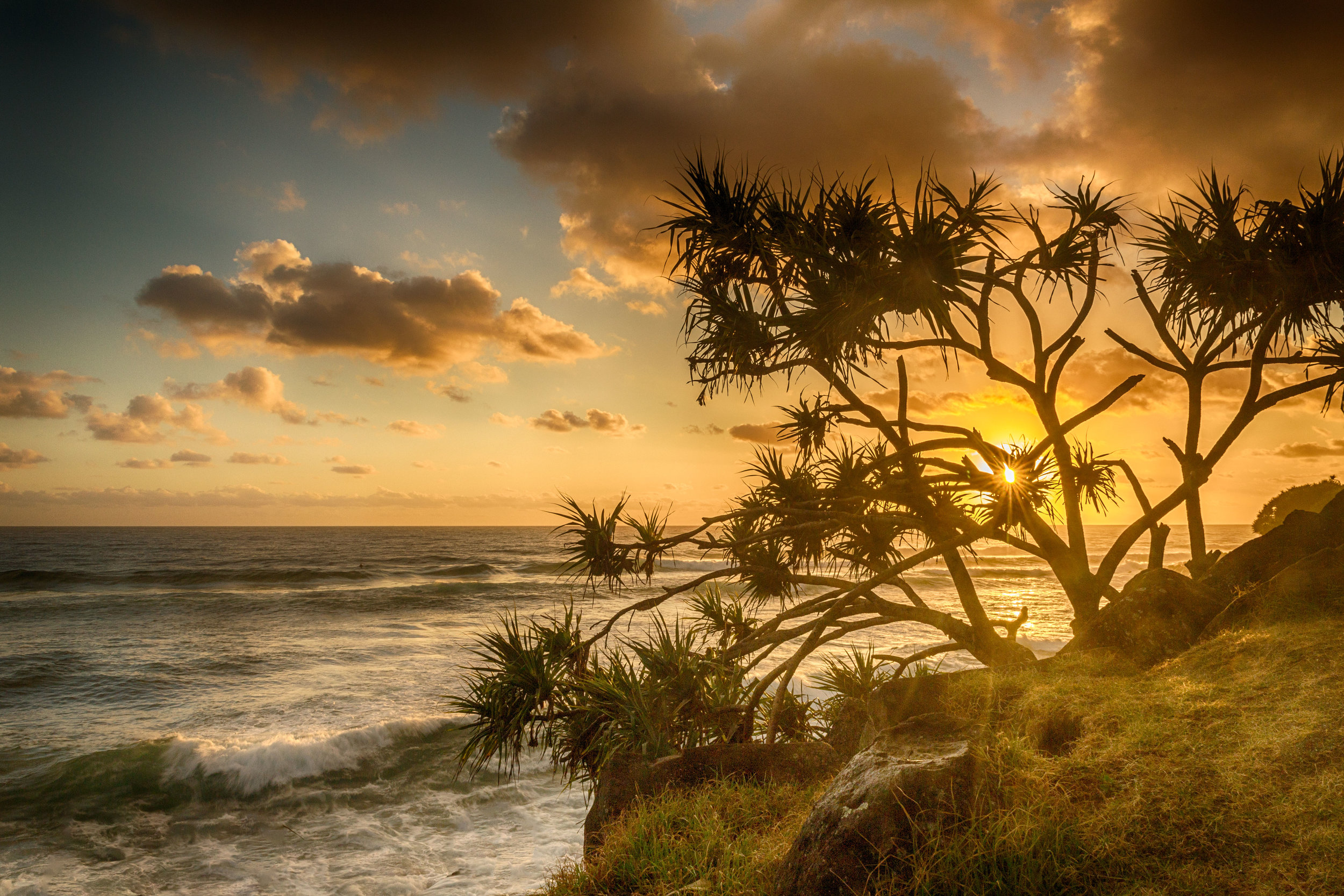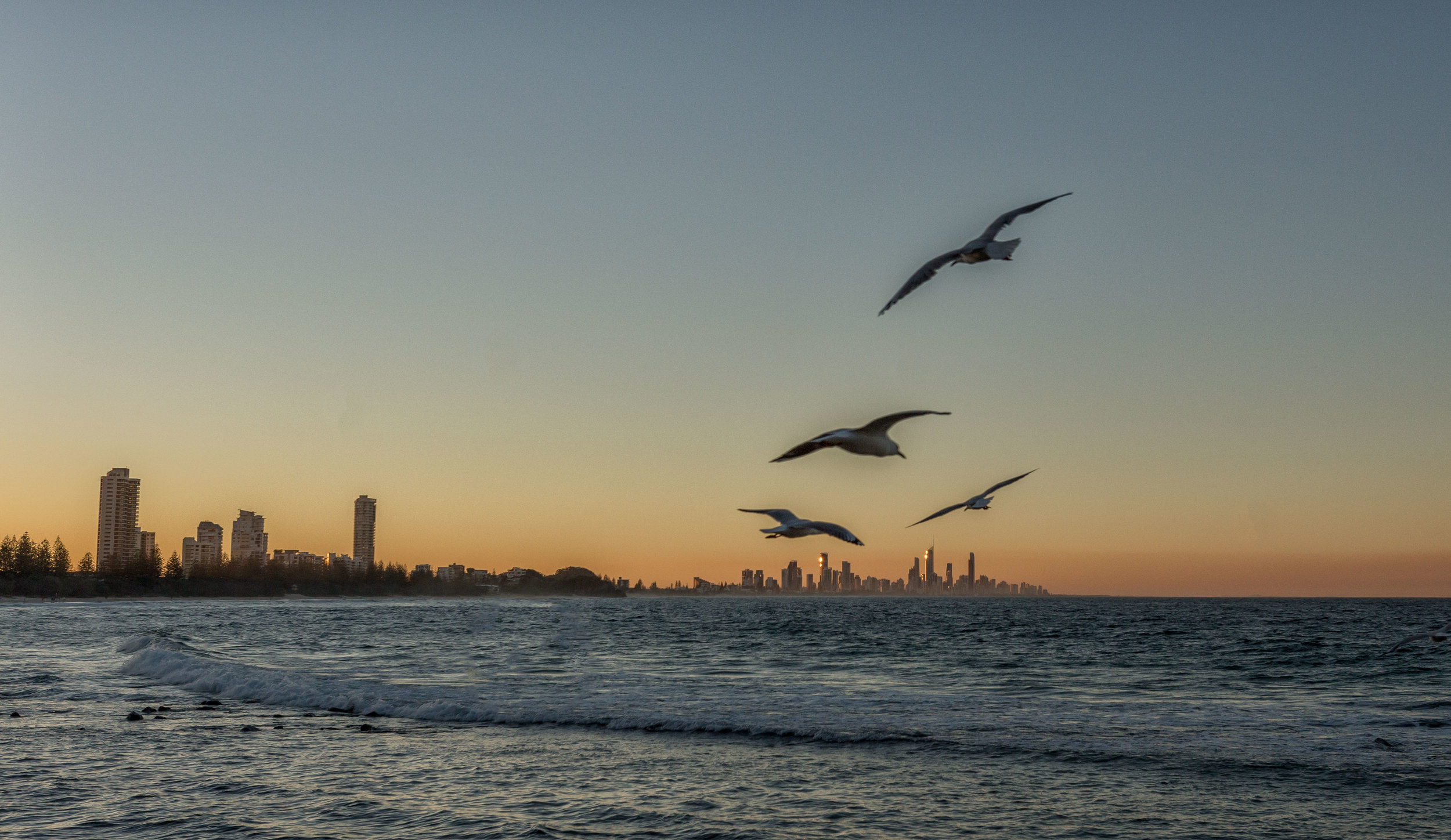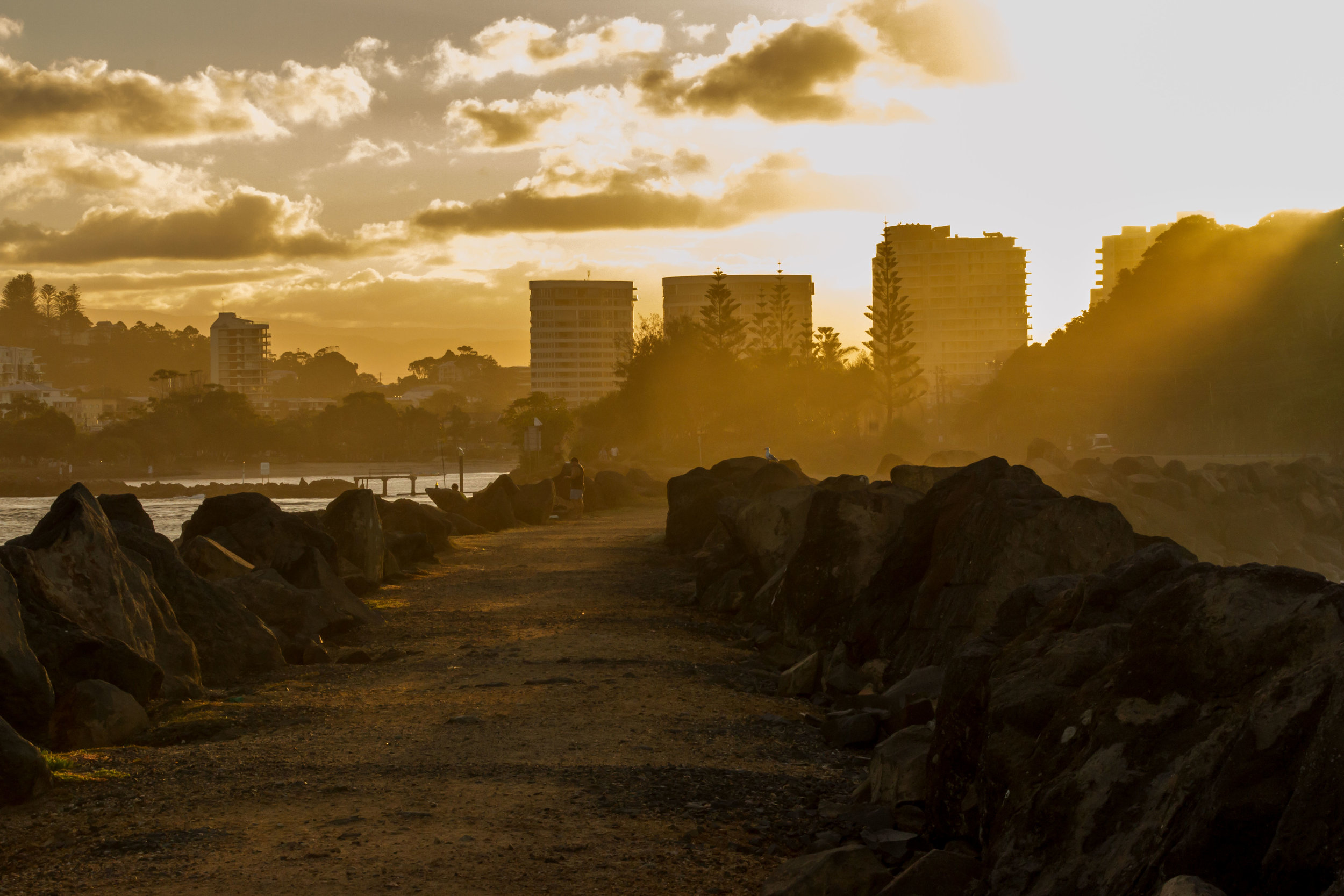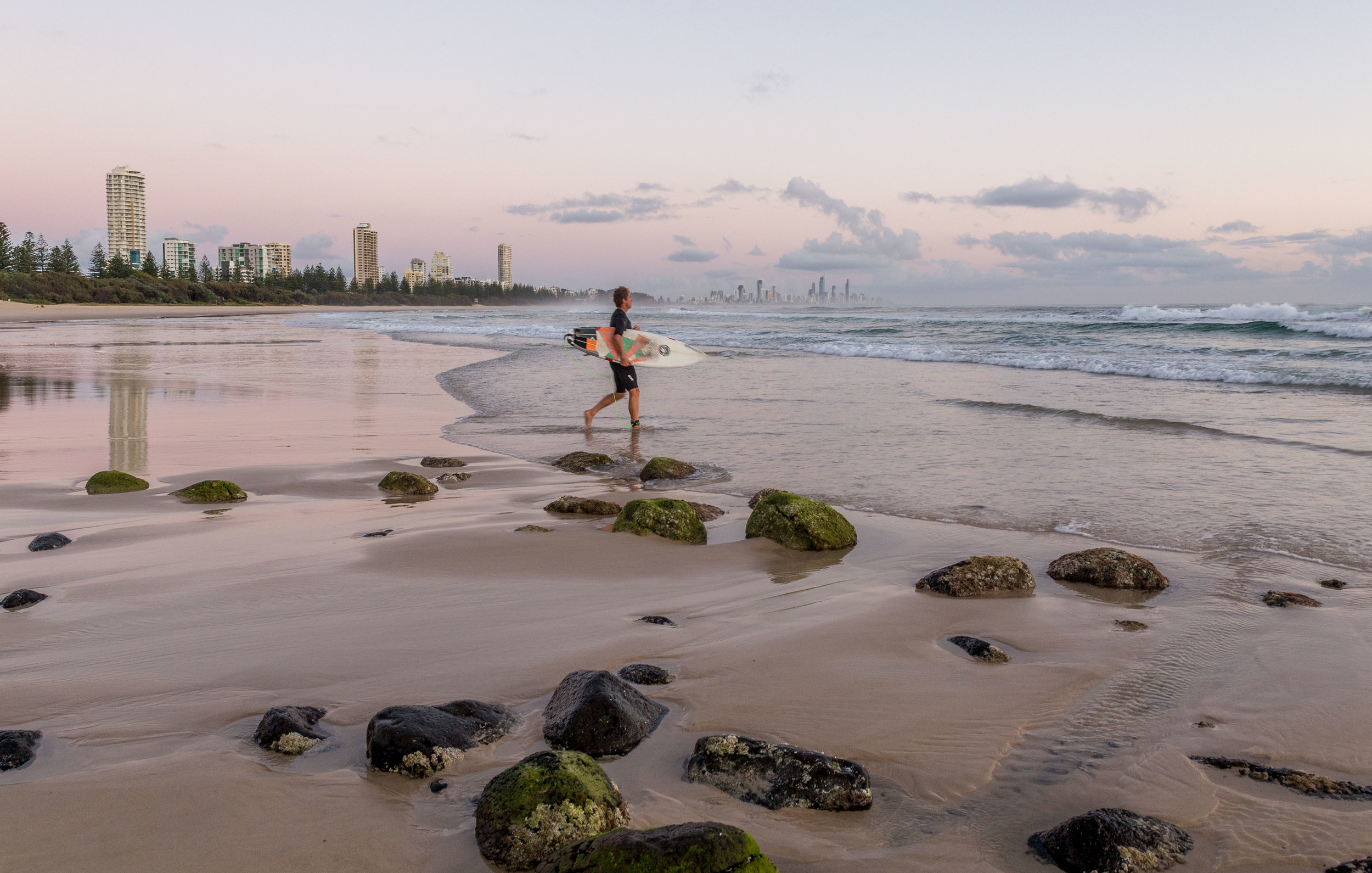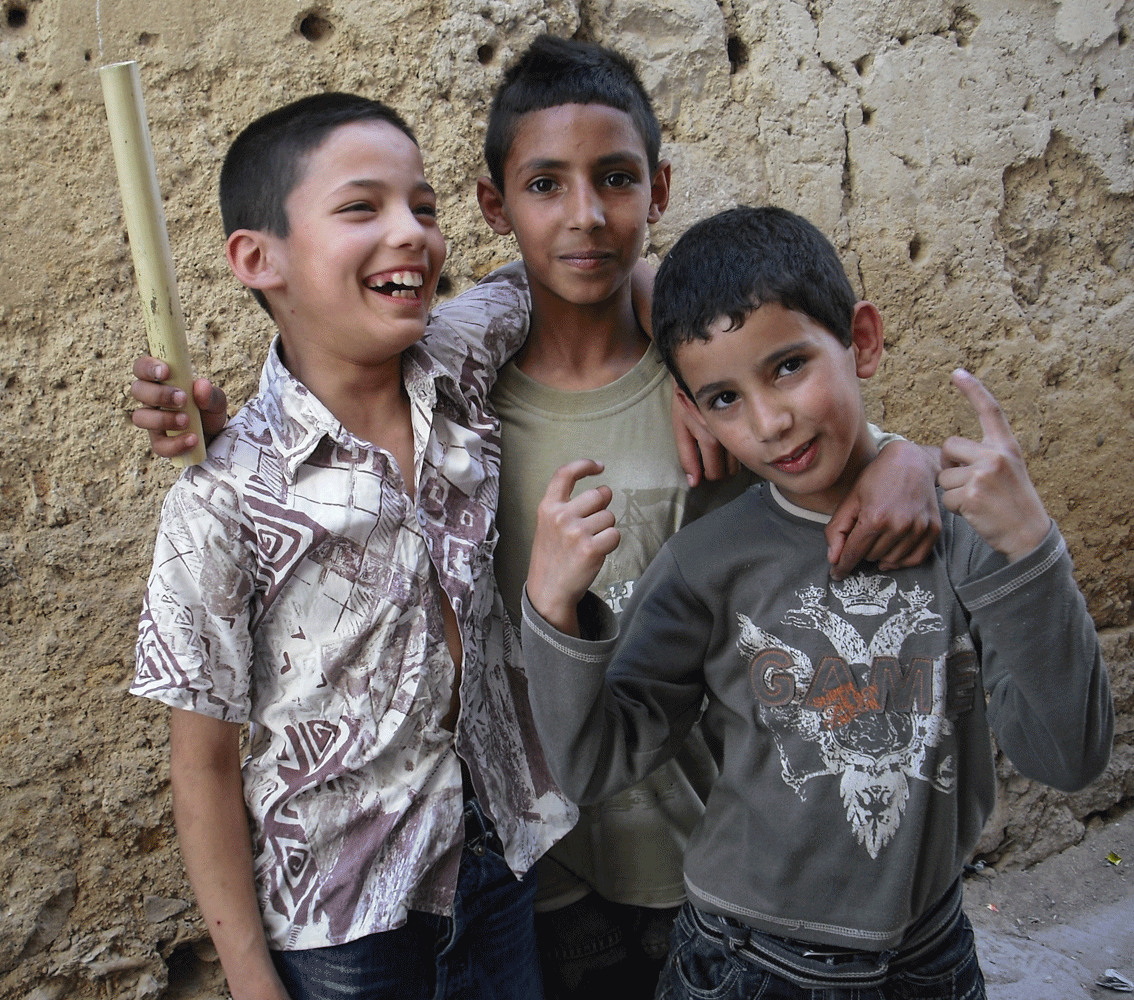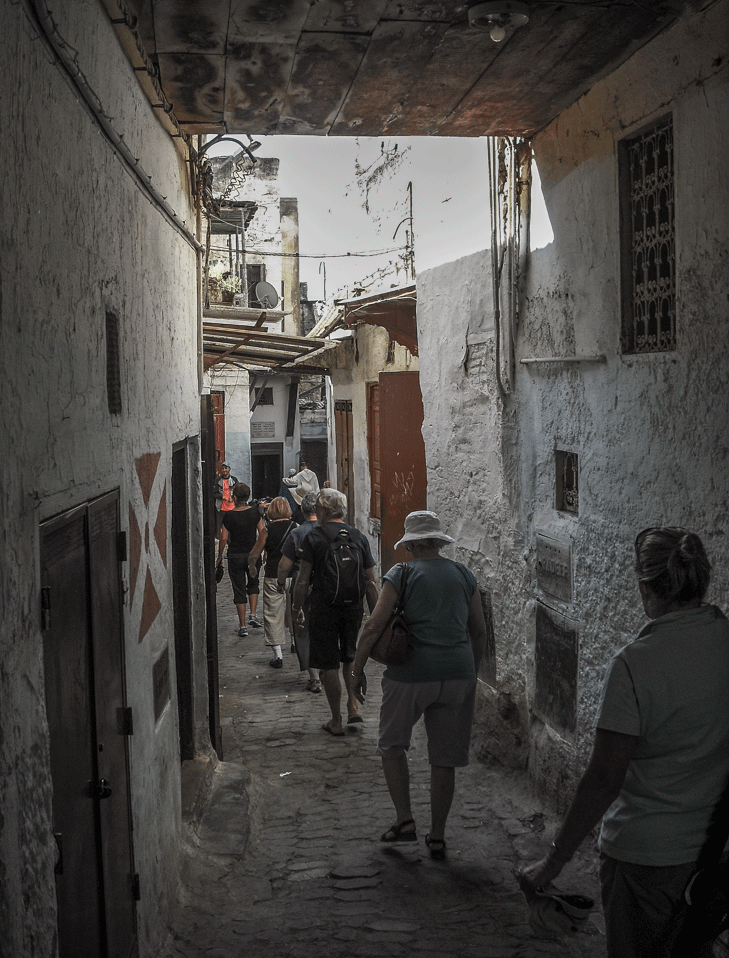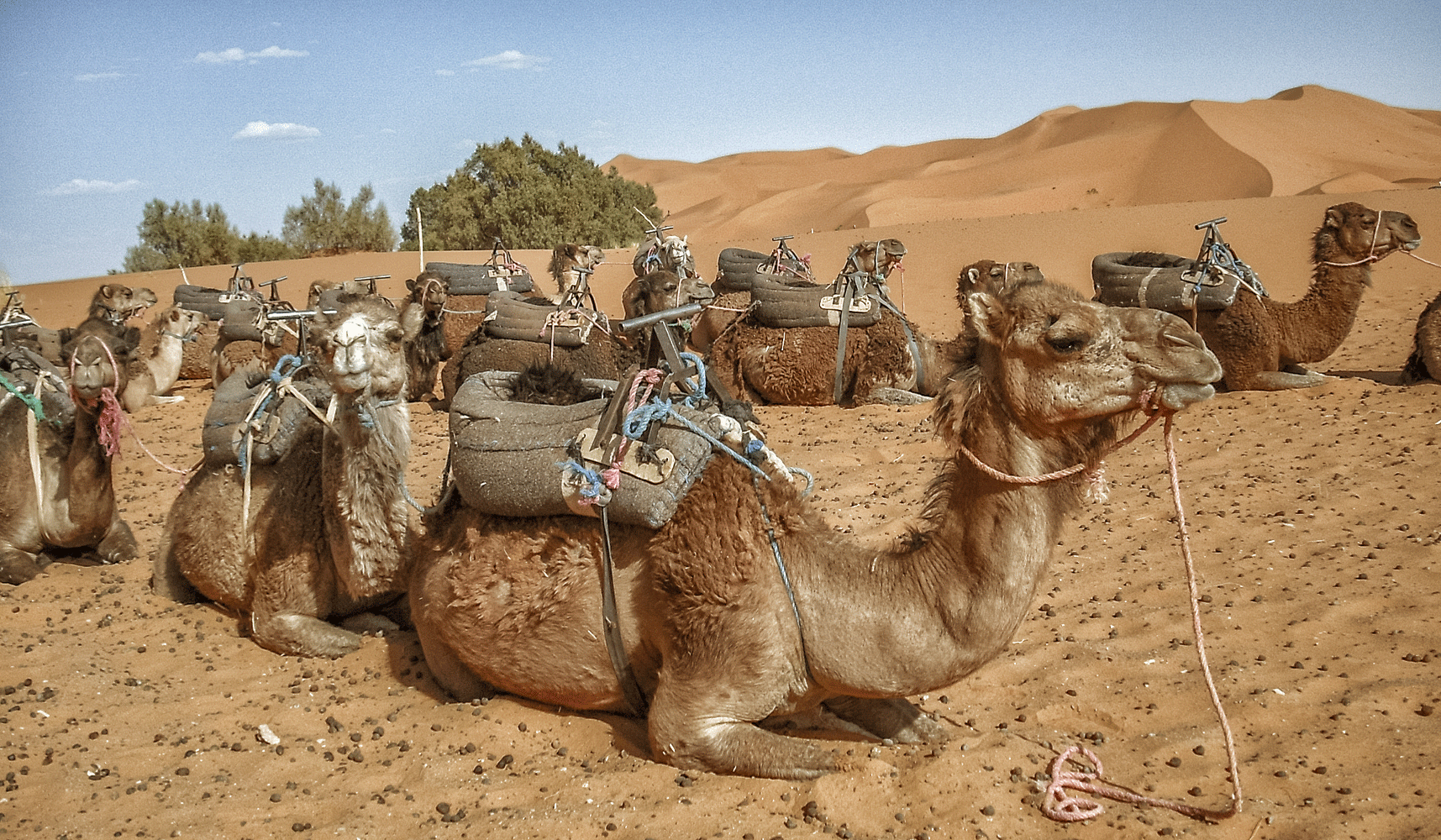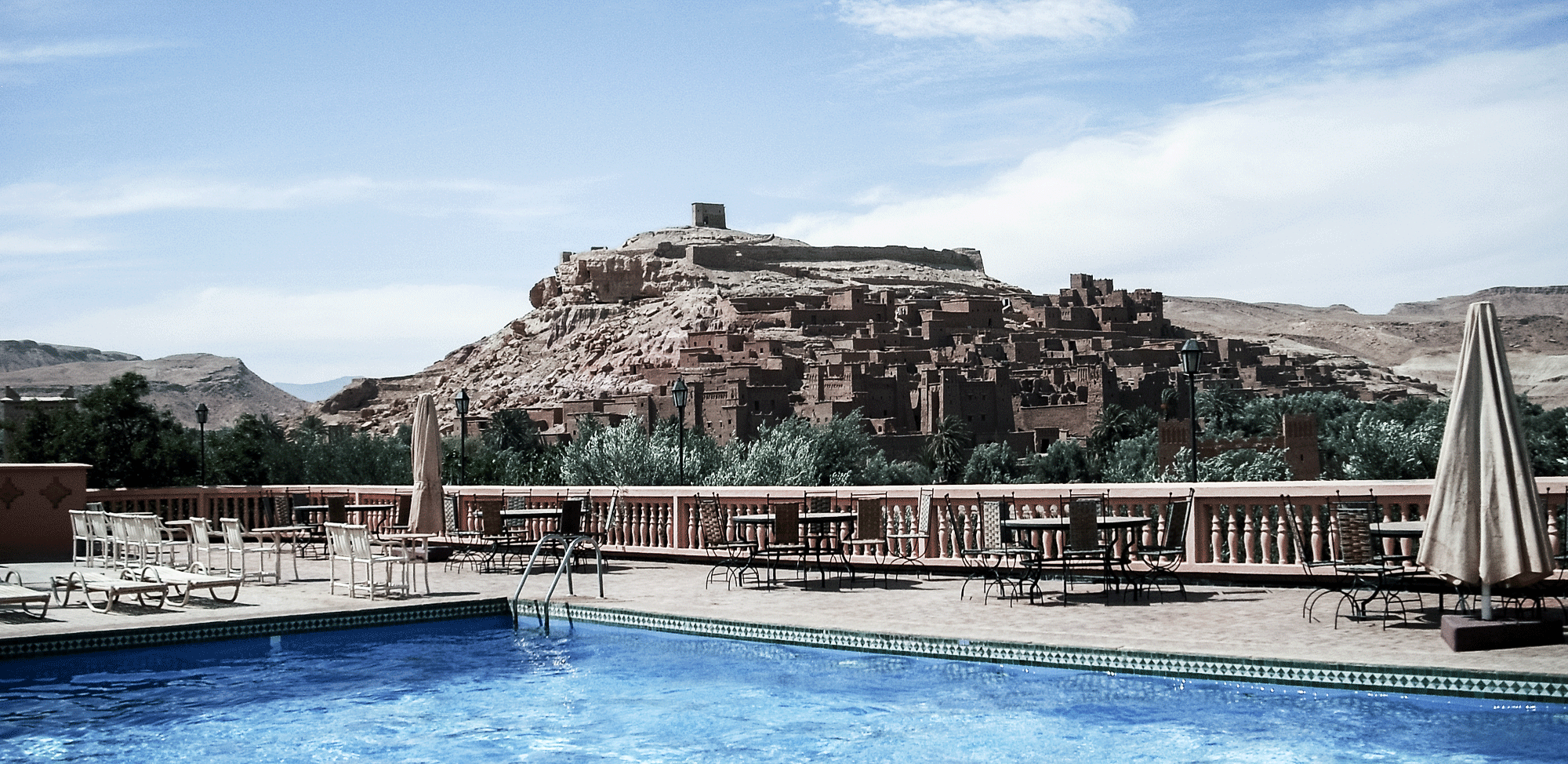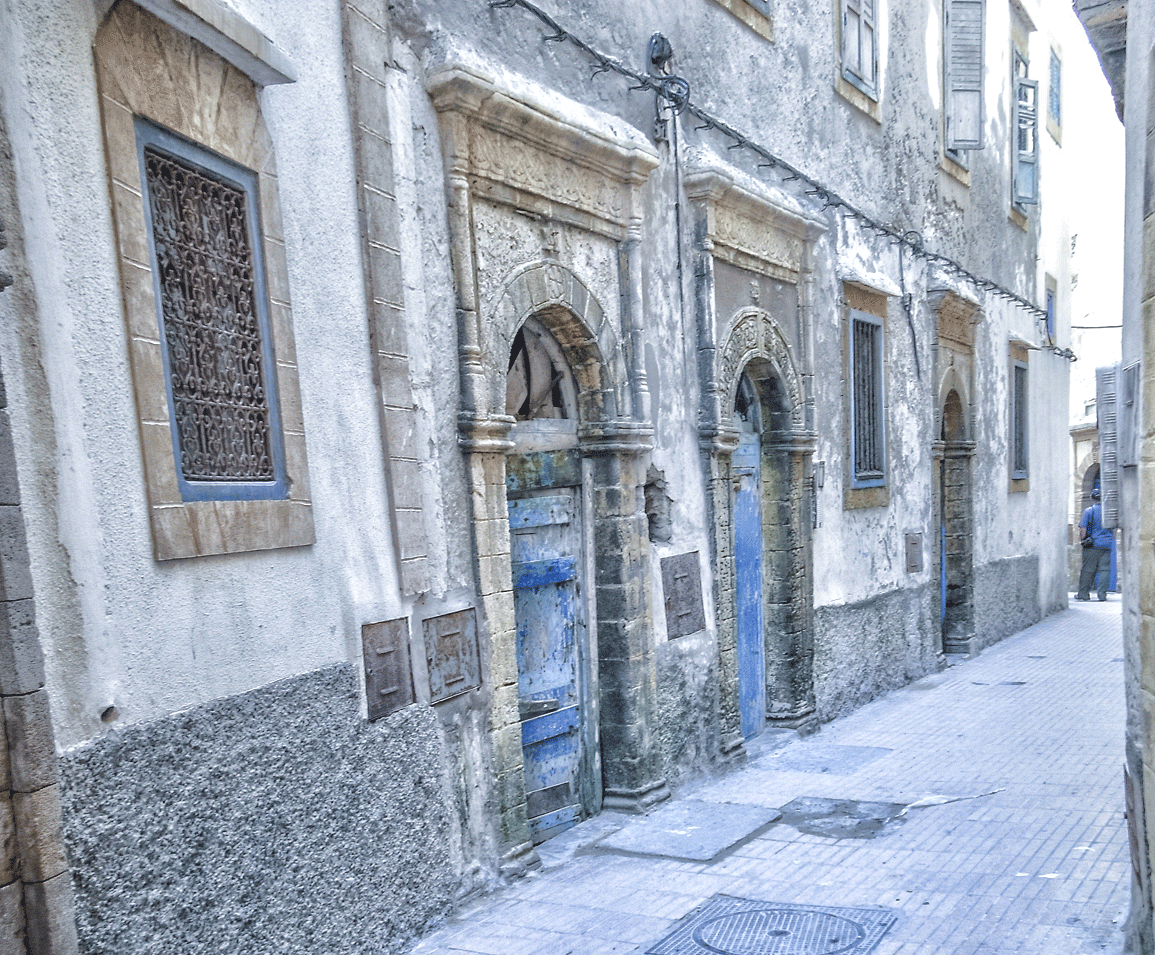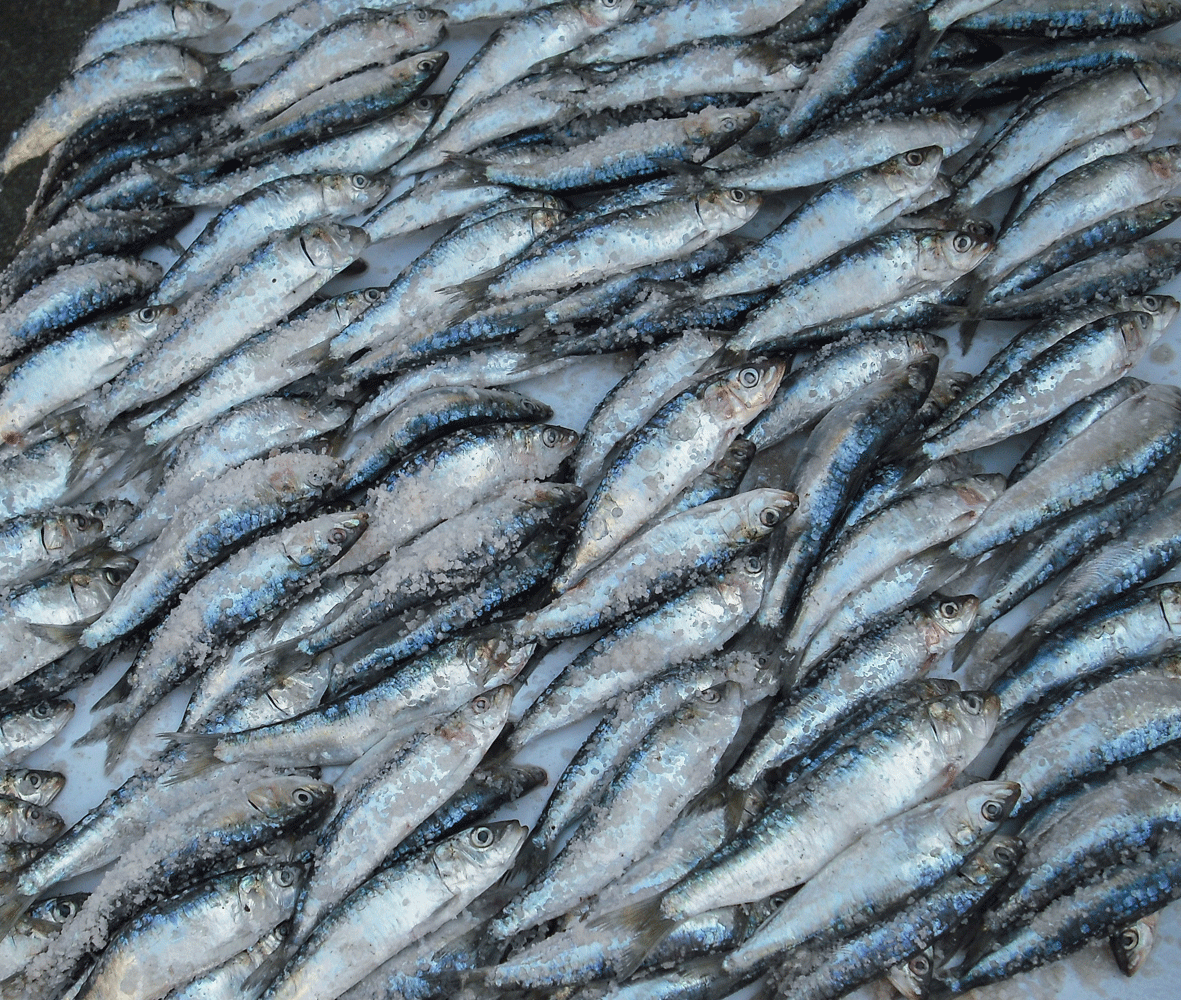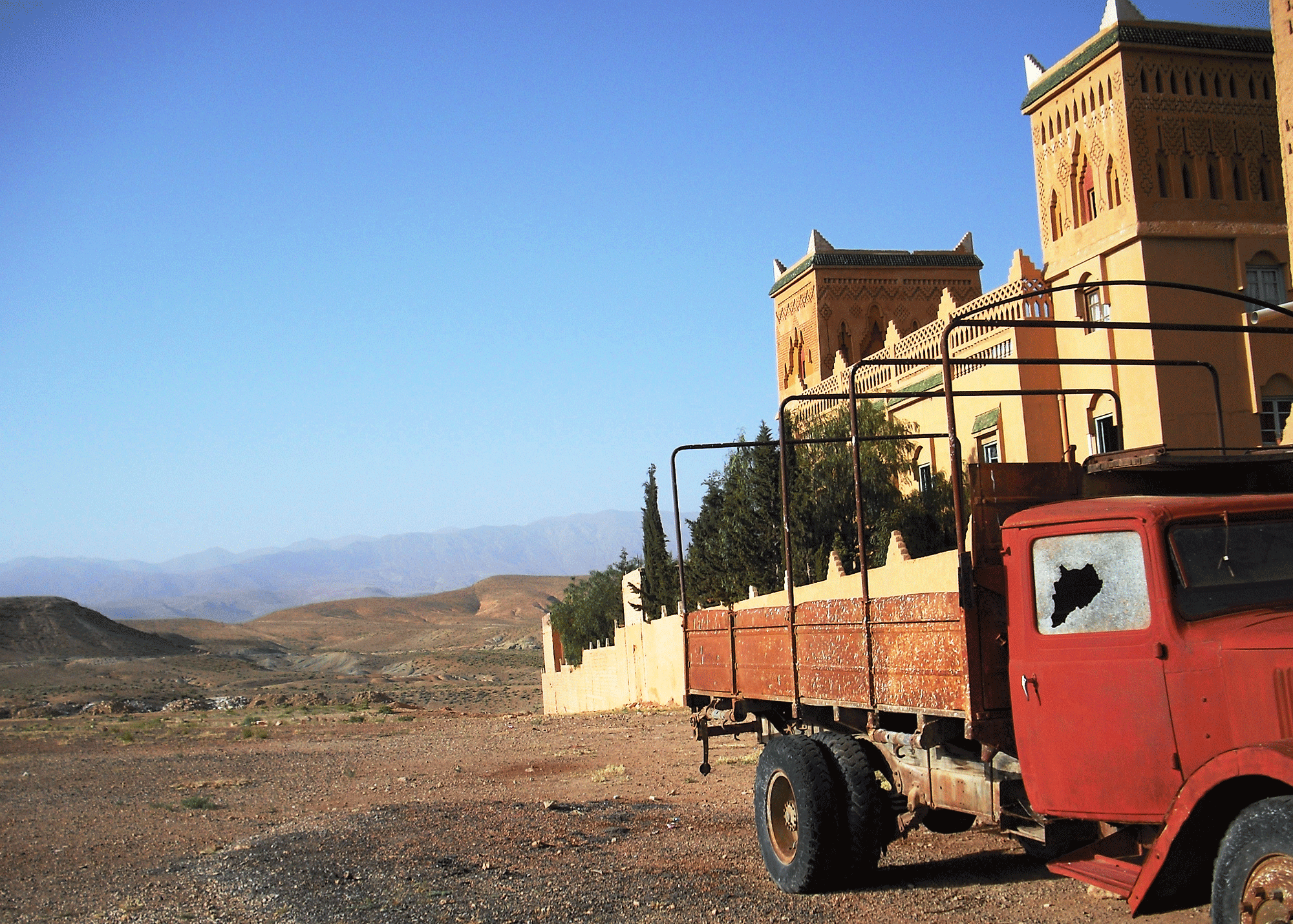I love to regularly visit this World Heritage listed island - the largest sand island in the world actually. On this trip the wongari (wild dingoes) were plentiful and I was able to take a lot of photos of them, from a respectful distance. Due to human interaction (ooooh let’s feed the wildlife! they said) the wongari have lost their fears and their distance. They now associate humans with food, and have become aggressive at times, even attacking people. Since people caused this problem in the first place, I don’t see why the animals should pay the price! But welcome to the world of entitlement…… Wongari eat fish, lizards, birds, beached marine mammals, and lots of other things. They are naturally lean, and do just fine on their own, without relying on human food.
There is a lot more wildlife on this island than just wongari….the birdlife is fantastic. I spent most of my time on the beaches so I found more sea birds than other ones found inland.
Of course, no trip to K’gari is complete without visiting the SS Maheno shipwreck……it’s a gorgeous wreck, built in 1905 and used for different purposes, including a hospital at one time…..she came to grief in 1935 during a cyclone and has been here ever since. I have photographed the wreck for many years (you can see older images if you go back into my blog a few years ago) and I love that it’s always different and changing due to deterioration, salt air, saltwater, and sand.
SAND is plentiful on the island. I love getting out before sunrise and after a high tide, to see pristine sand untouched by car tracks. There may be dingo tracks, and the wind has swept the sand into all kinds of ripples and cliffs…..incredible.
On the not-so-picturesque side of K’gari Fraser Island….THE RUBBISH…..every time I visit I make sure to pick up rubbish every time I’m out and about and this time was no different. I’m not finding cigarette butts anymore, but so much plastic: bottle caps, chunks of plastic, microplastic, plastic cutlery and straws. And balloons!! balloons with ribbons attached…..stop sending those out into the world and into the ocean! And of course, fishing detritus - yes, some coming from Indonesian fishing boats and other countries (water bottles, fishing nets, light sticks), but stuff left behind from local fishermen here on the island too: plastic bait bags, hooks and line, styrofoam from eskies etc. Honestly, with a cursory look at the island, it looks pristine and amazing. But once you do a deeper dive, especially at the high tide mark, you can’t miss the rubbish (and I have even witnessed people in cars driving up the beach throwing plastic bottles OUT THE WINDOW). There are various rubbish disposal points on the island, fenced from wongari (dingoes) but even better…..take it back to the mainland. A big thank you to those who pick up rubbish!
There are so many options on this island for you when you visit. You can camp behind the sand dunes in some areas, or you can camp on fenced campgrounds (some have showers and toilets), there is camping inland as well, and on the western side. My preference is to stay in a small village called Happy Valley - there’s heaps of holiday houses to rent if you have a large group, but I like to stay in a unit where I can cook and sleep in a real bed. There’s a pub and shop at Happy Valley (shout out to the current staff, your coffee was delish). There are other small villages like Eurong and Orchid Beach. I like to concentrate my time on the Eastern (ocean) side of K’gari but for a quick easy visit you can stay at Kingfisher Resort which is very close to the mainland. There is also an airline which operates on the island so you could fly in and spend a few hours here. My fave is to drive, and spend a week here. Enjoy!







































